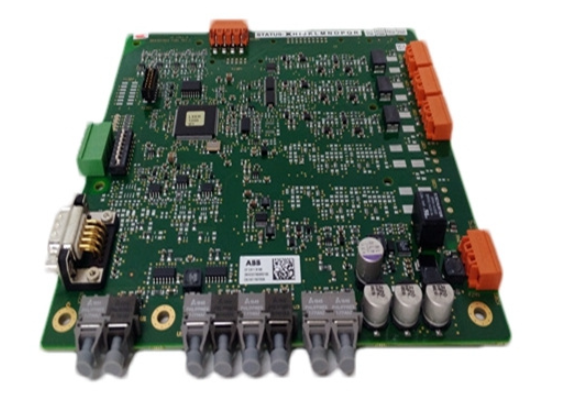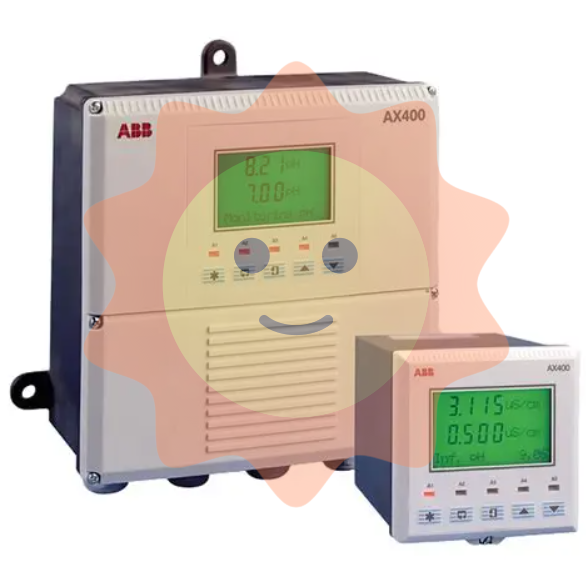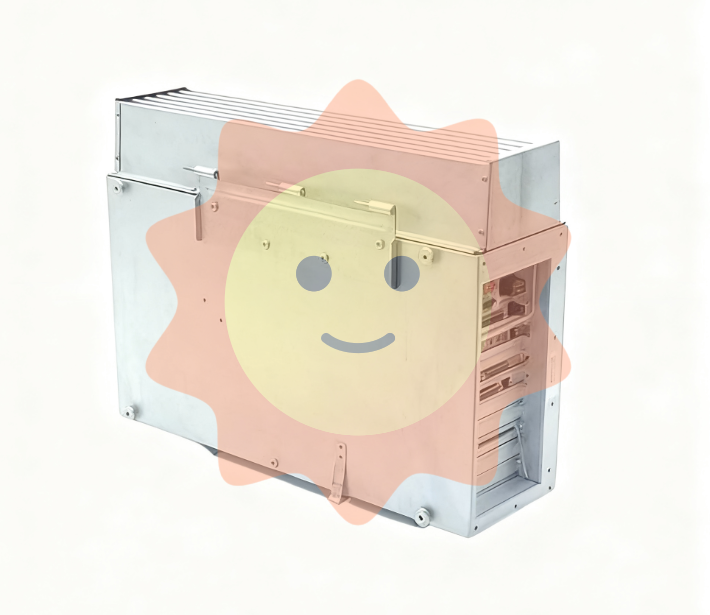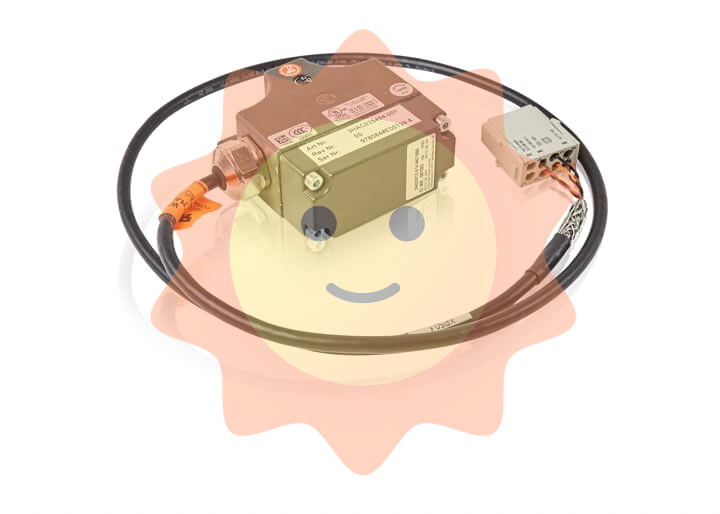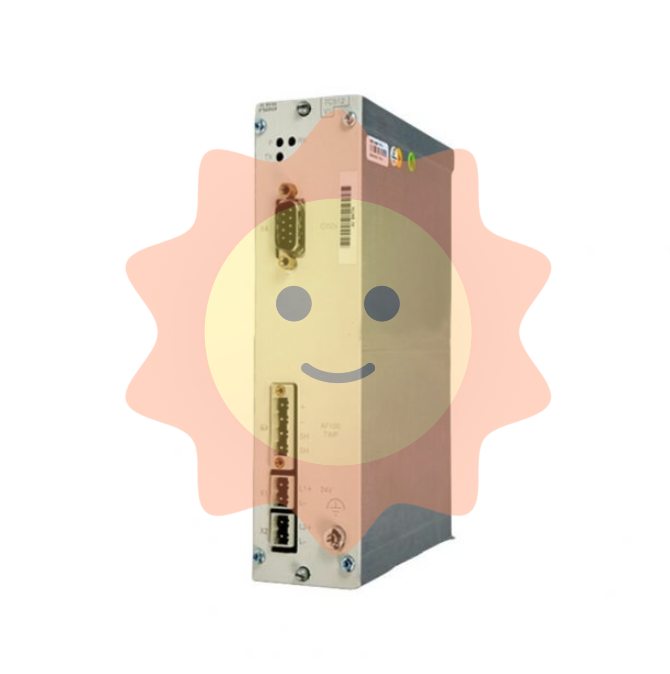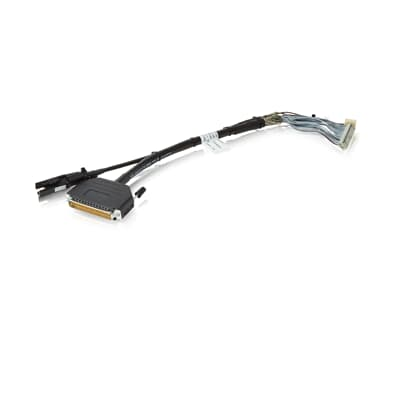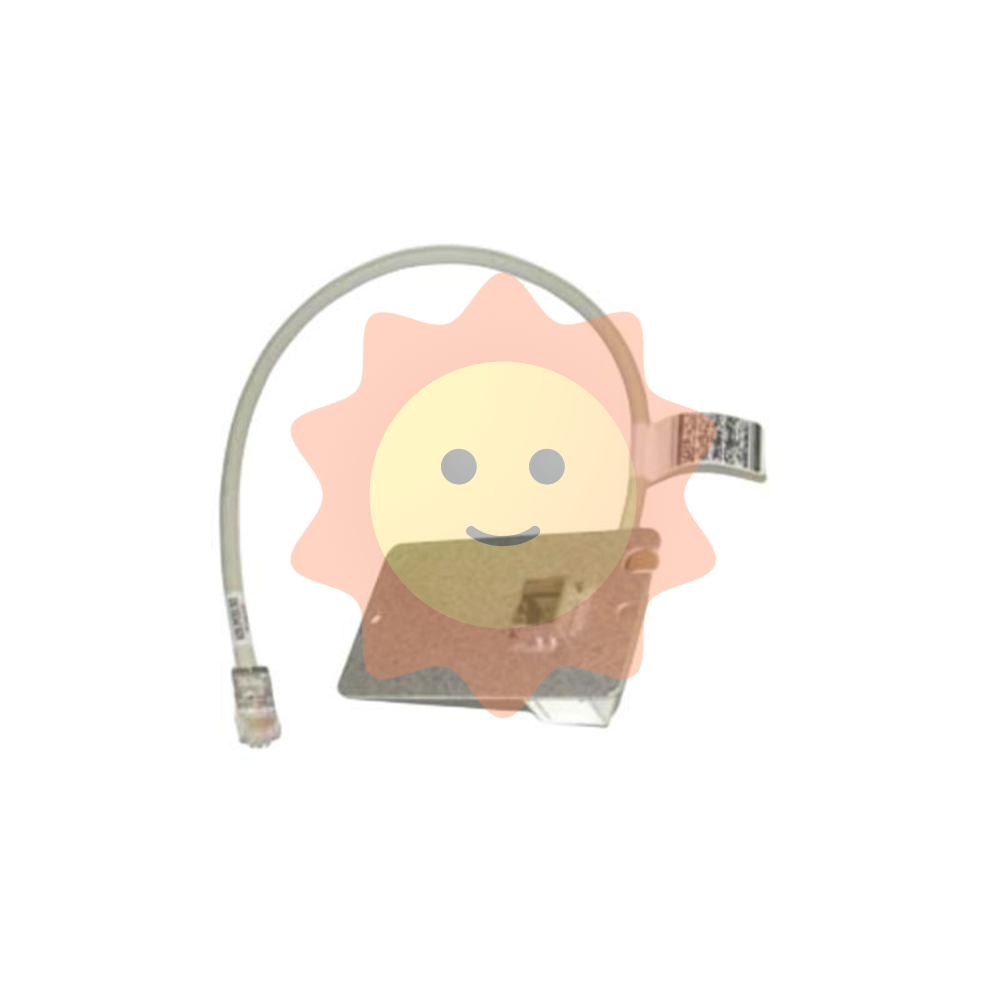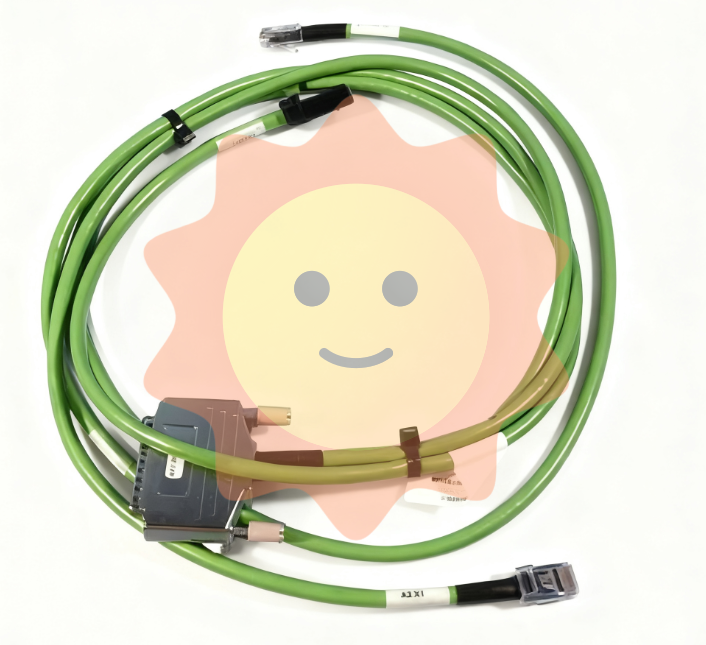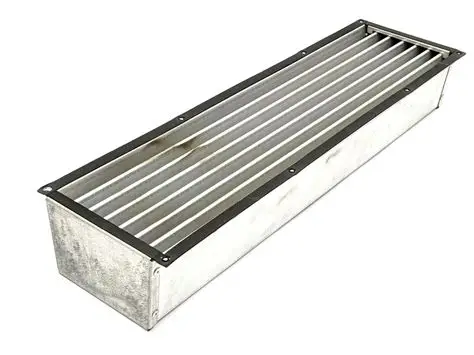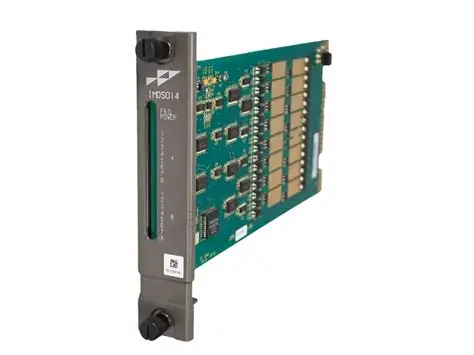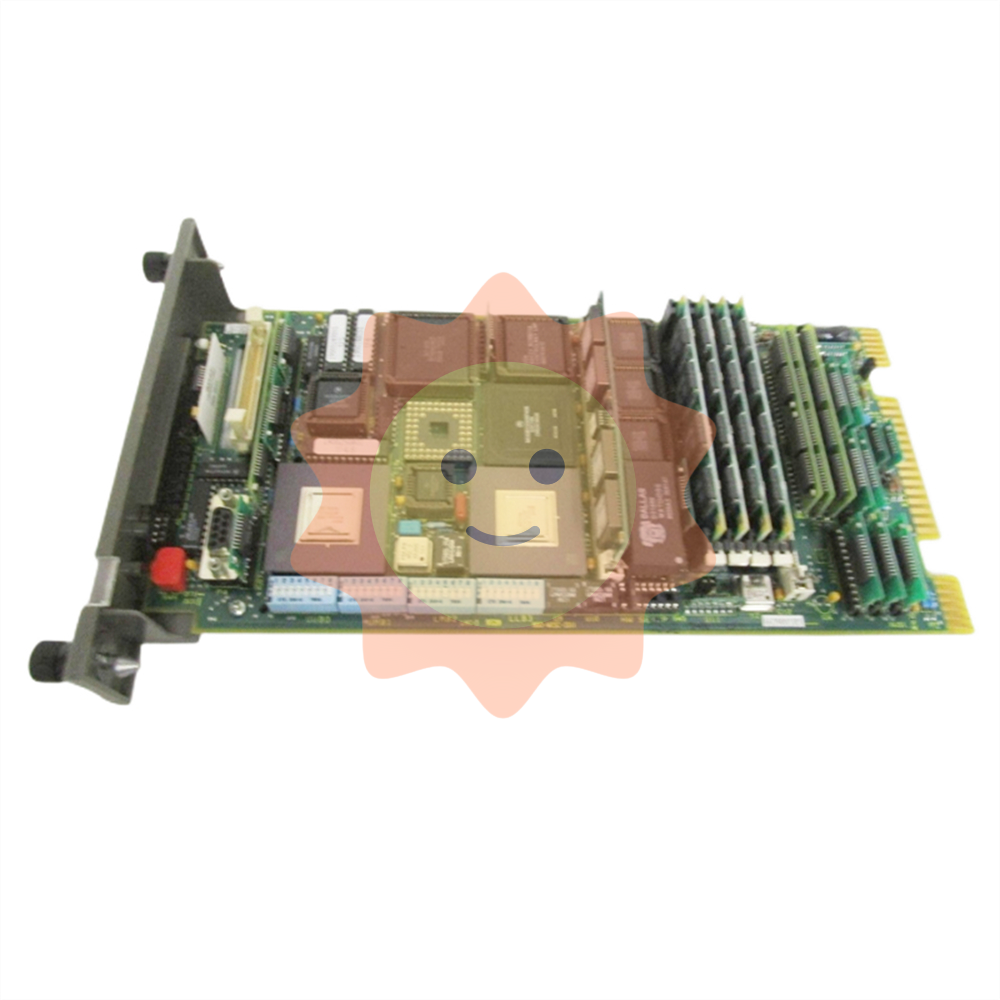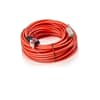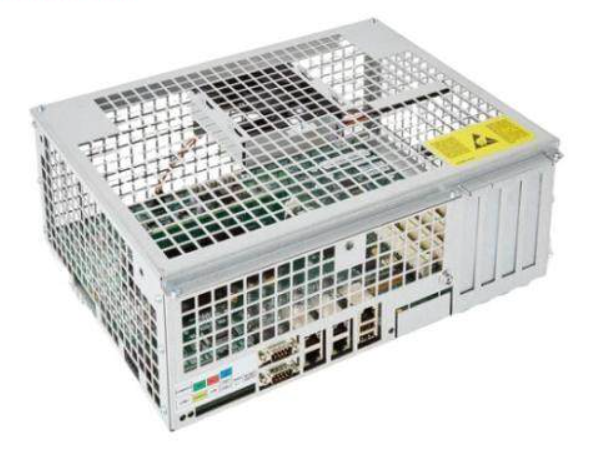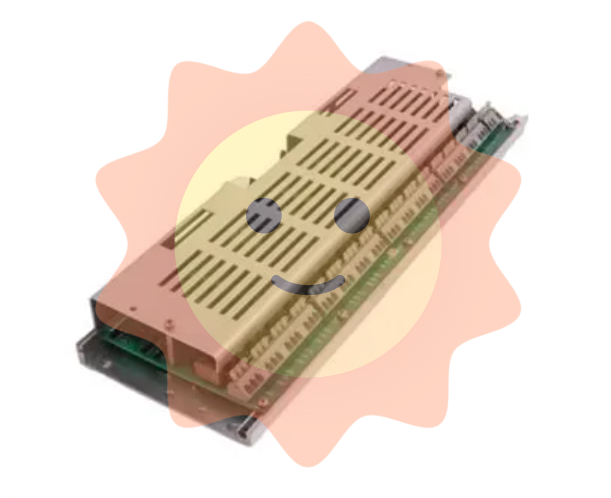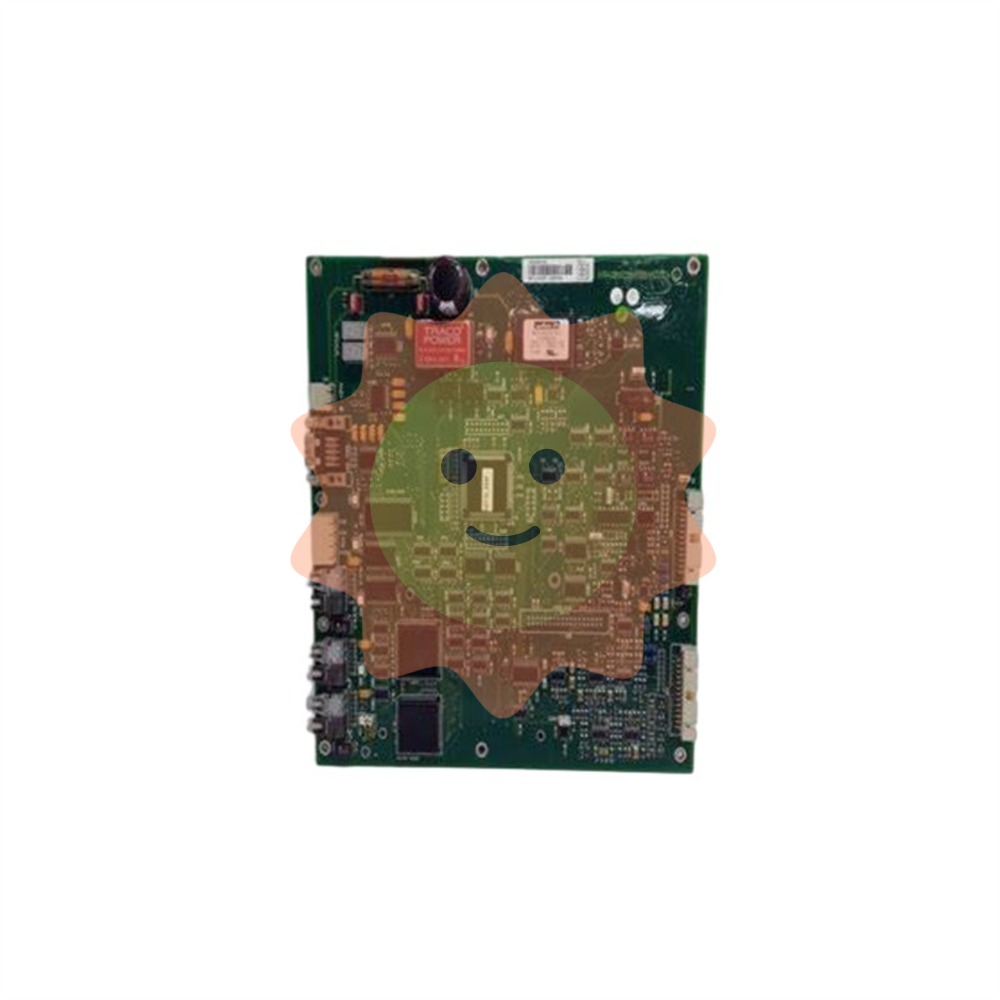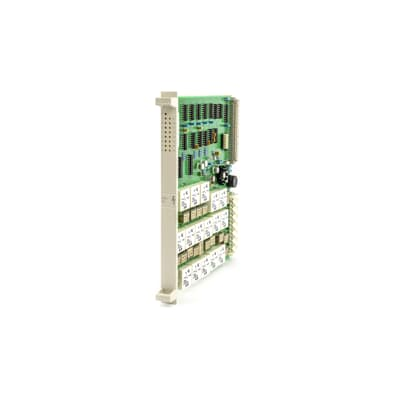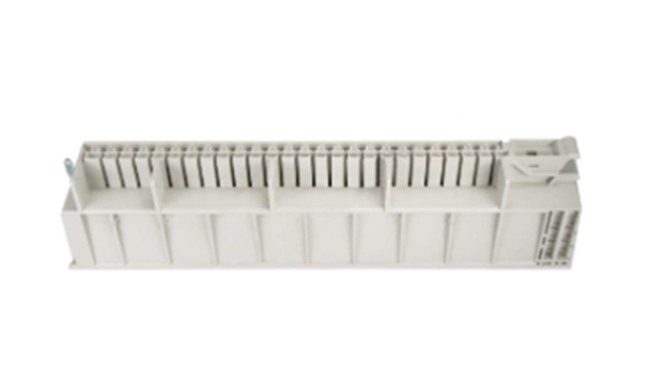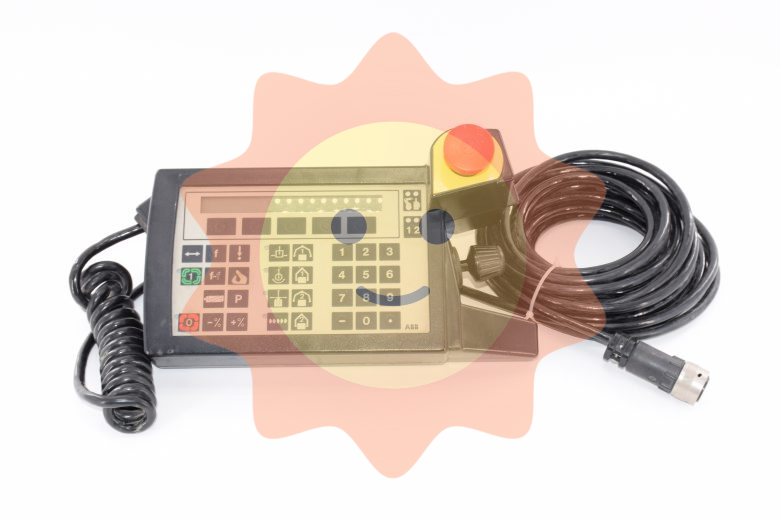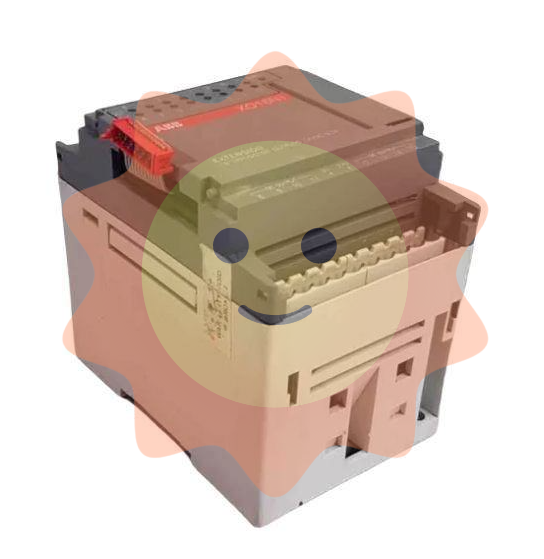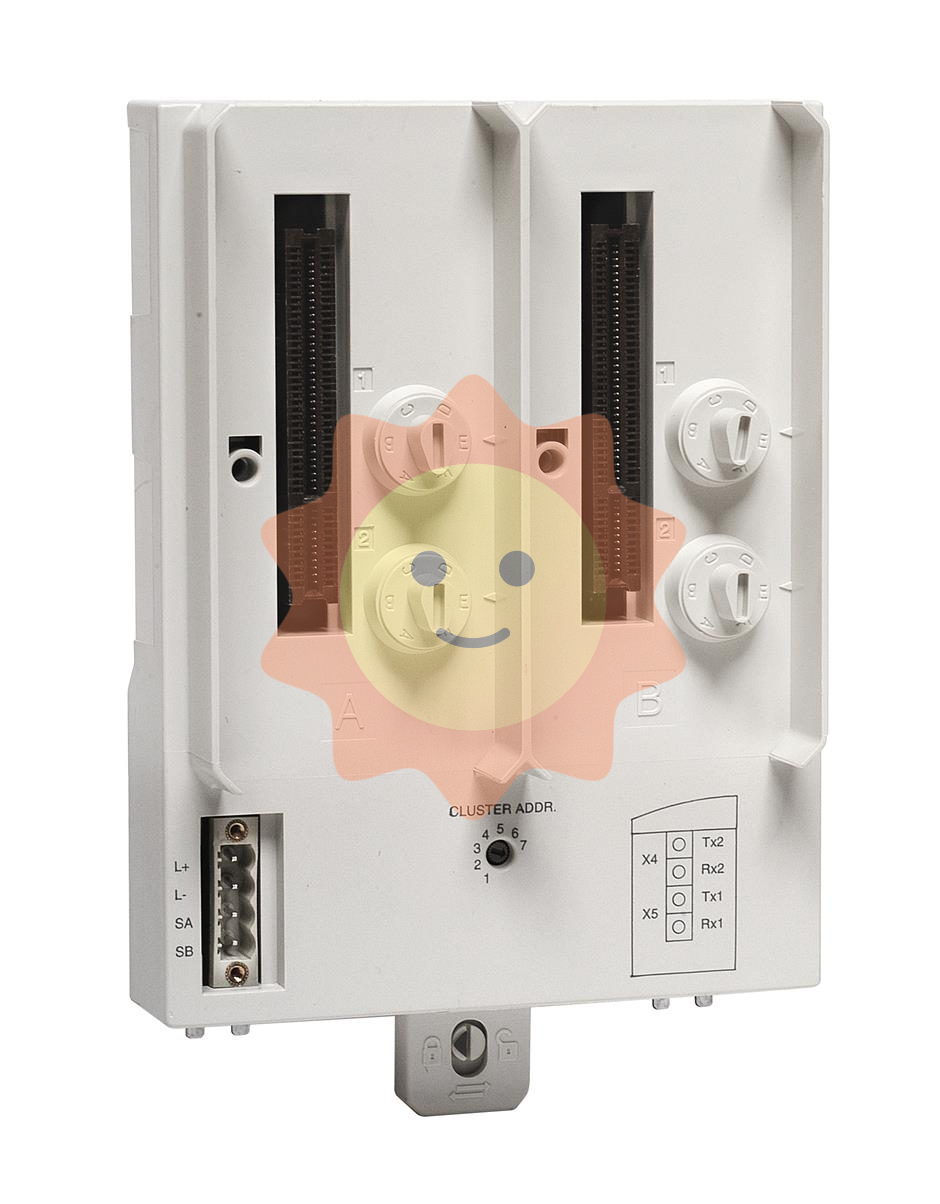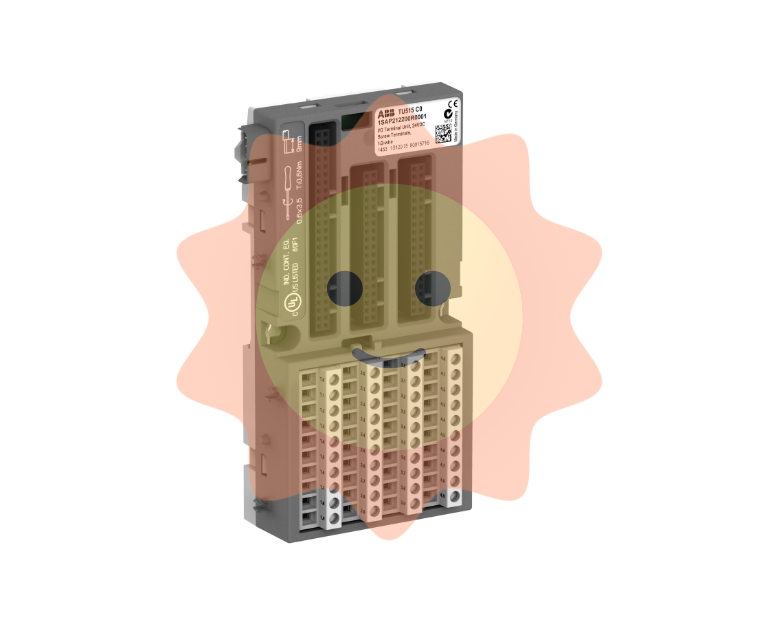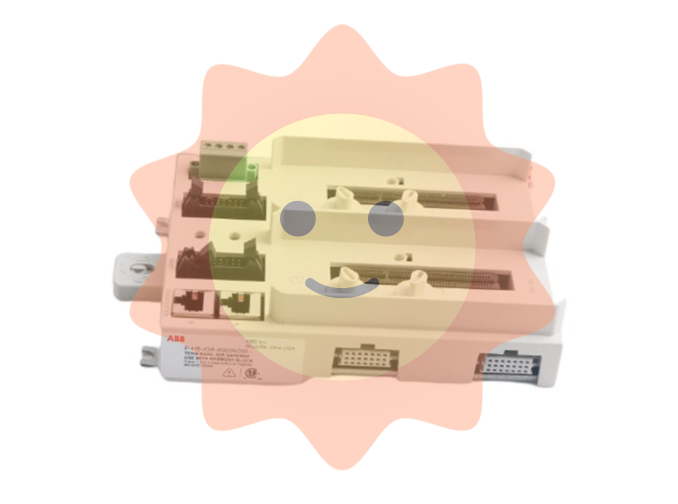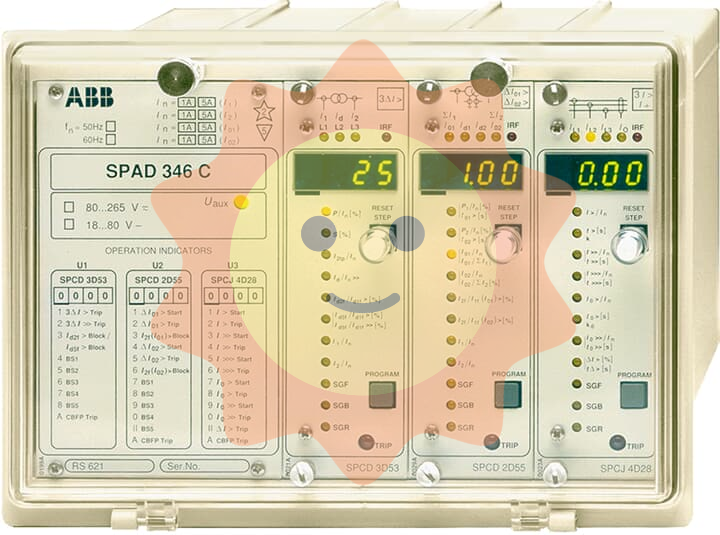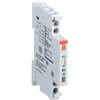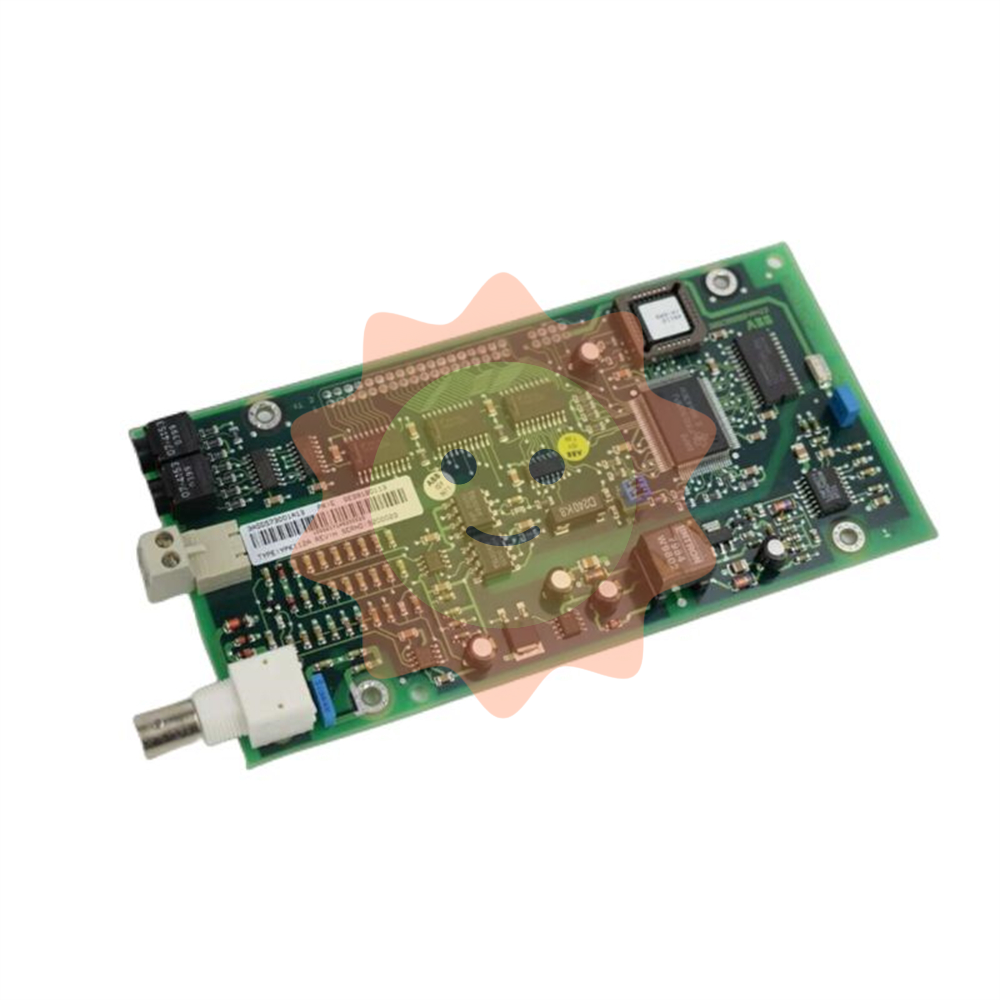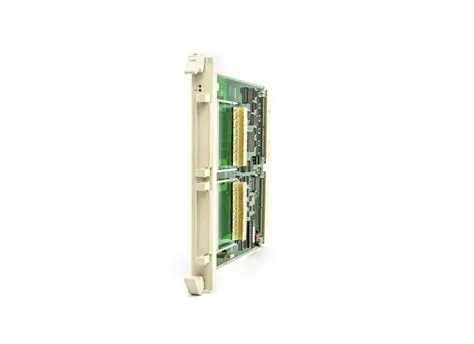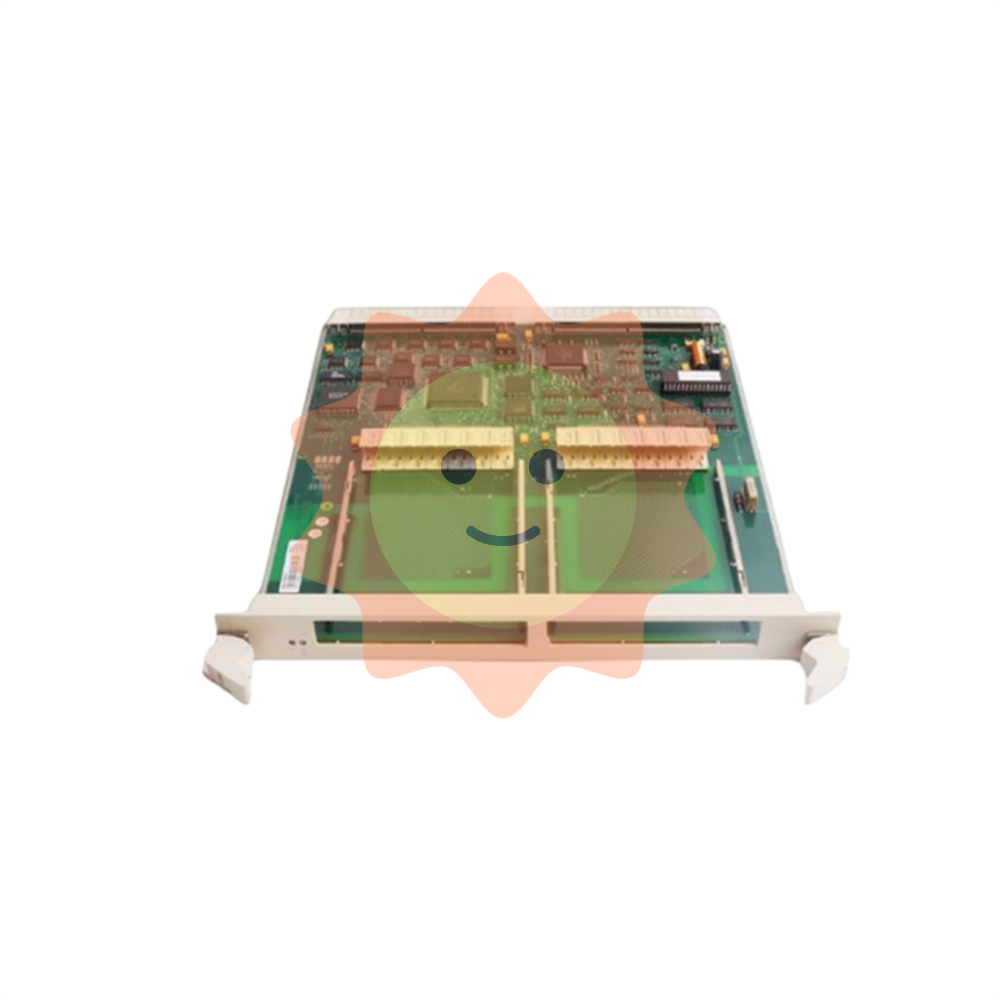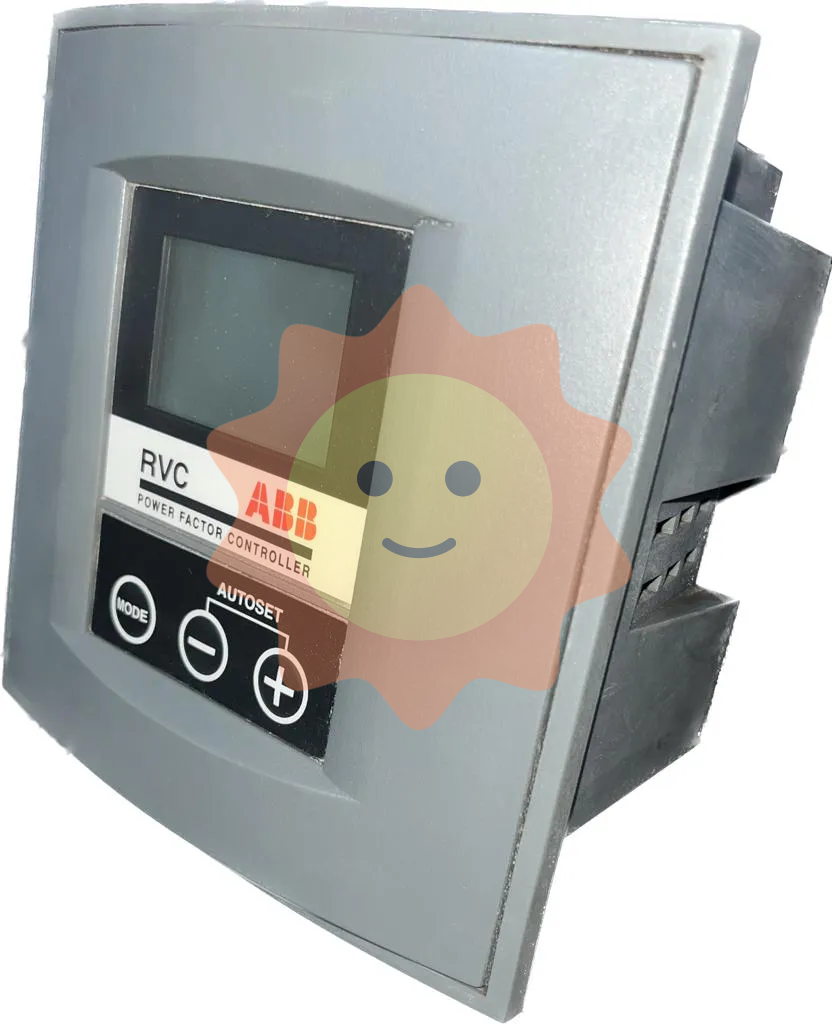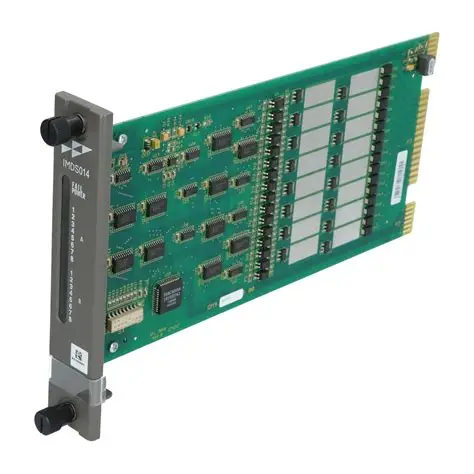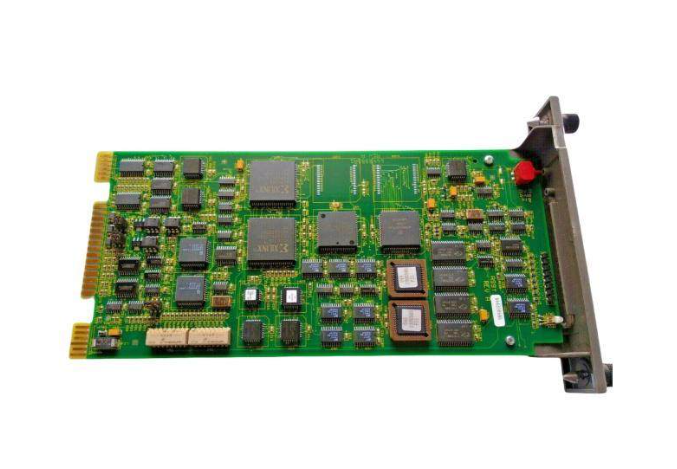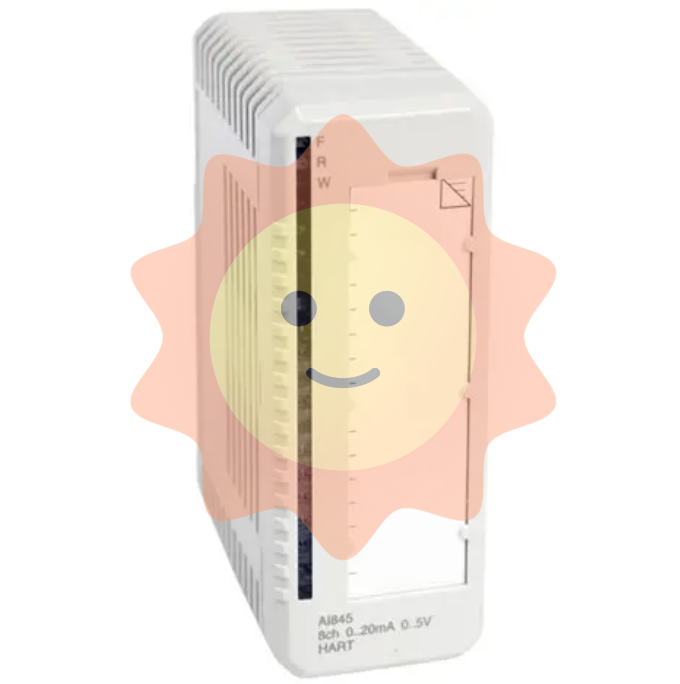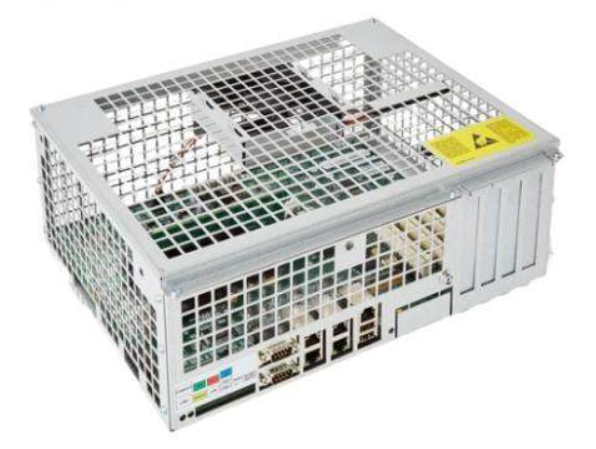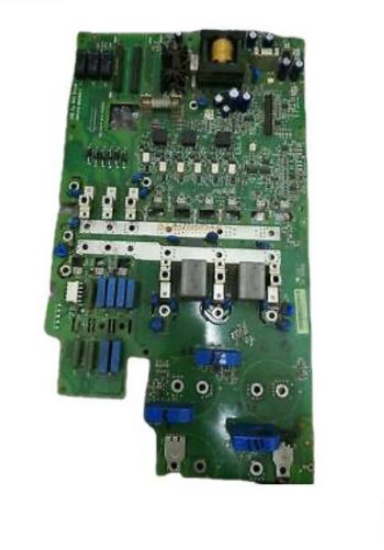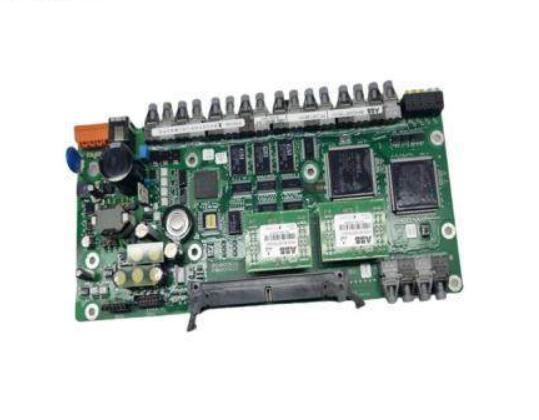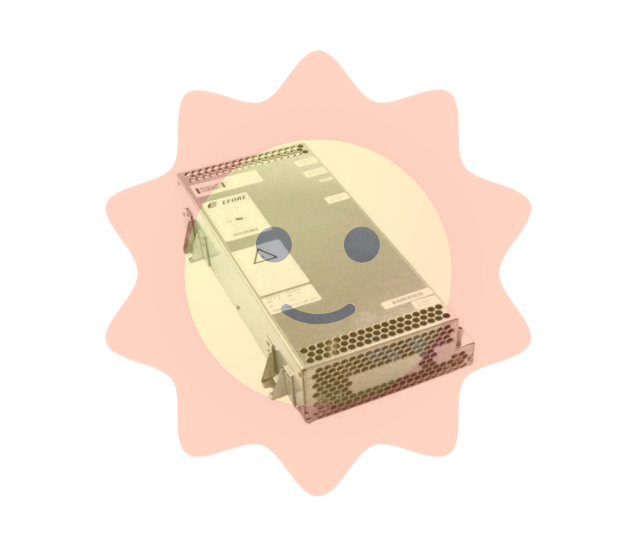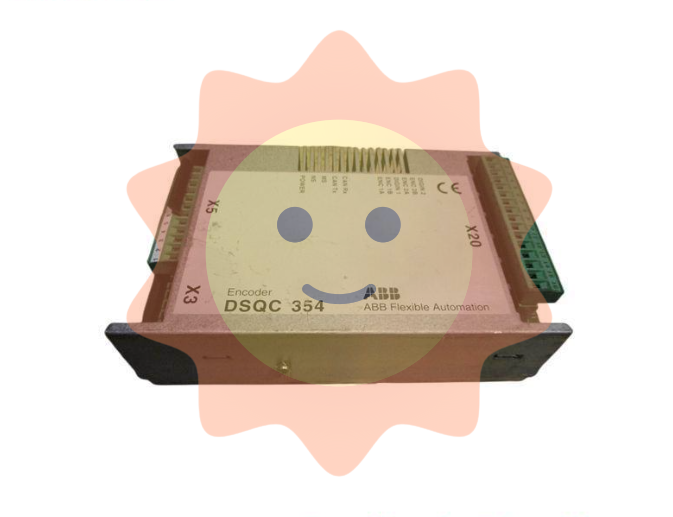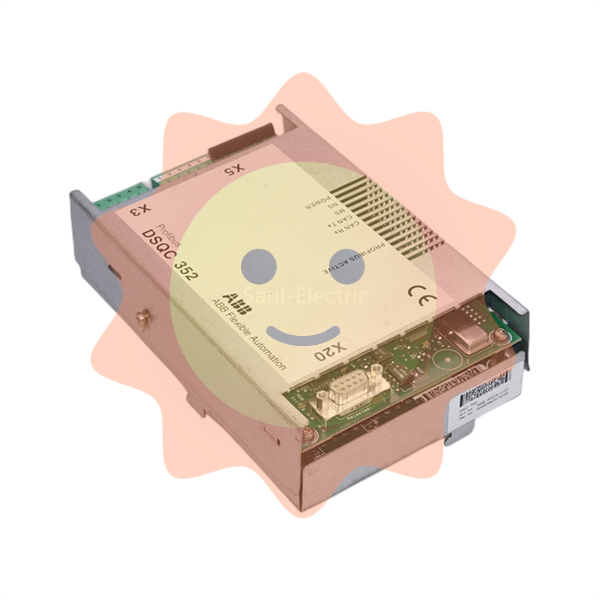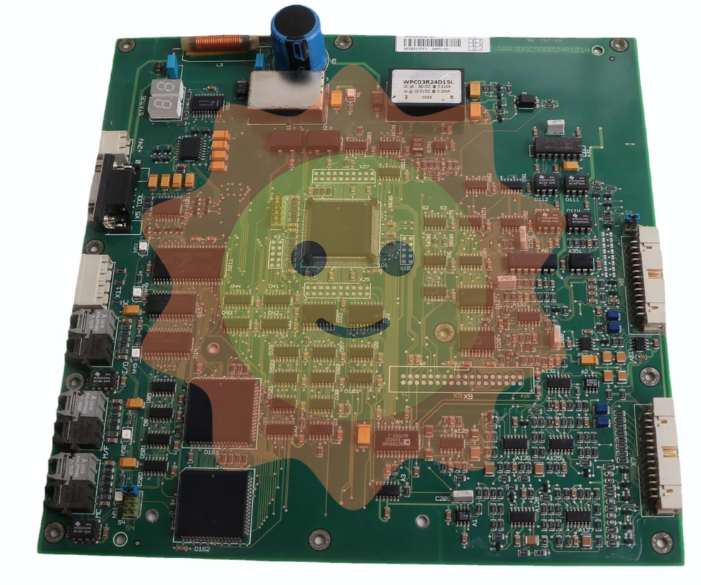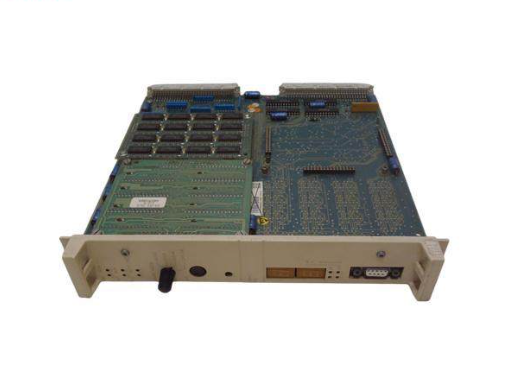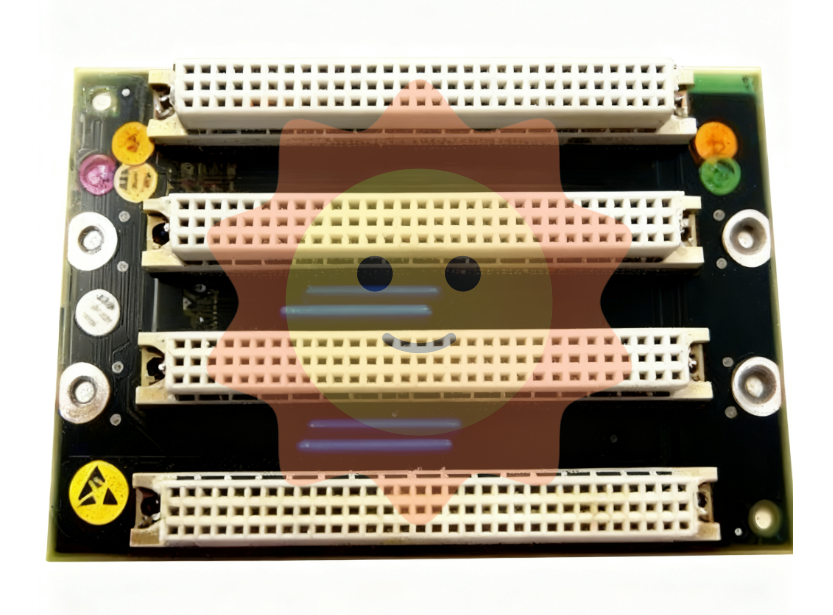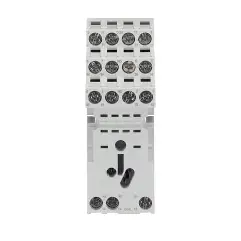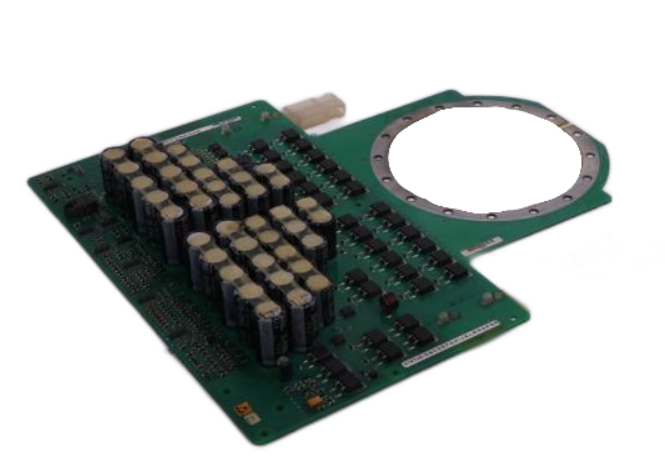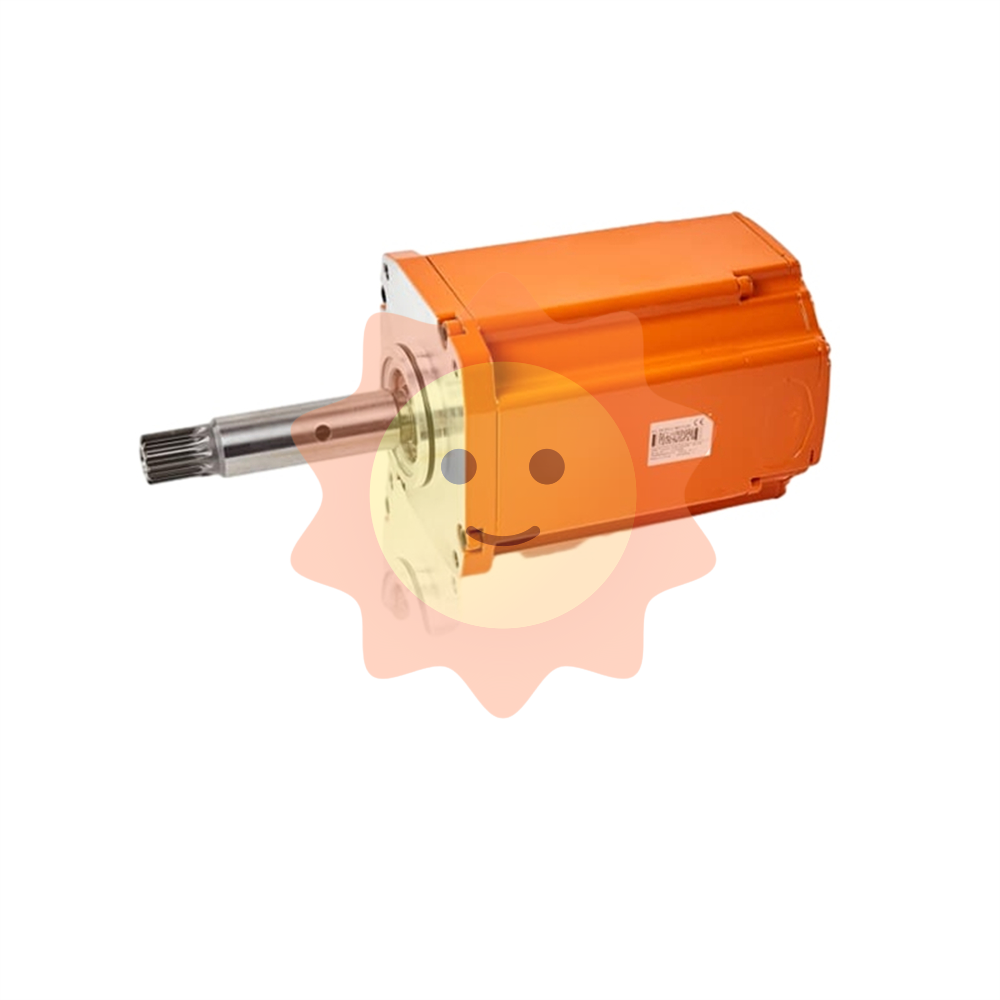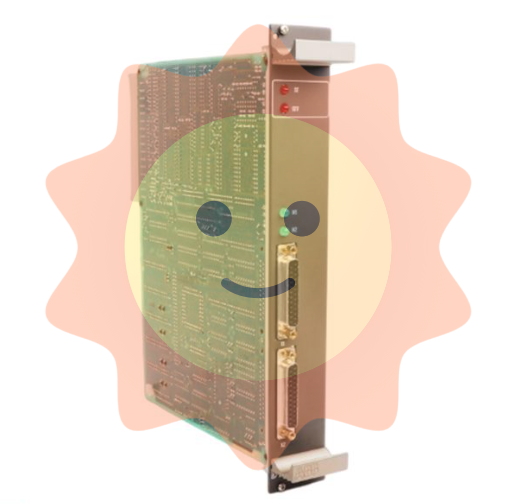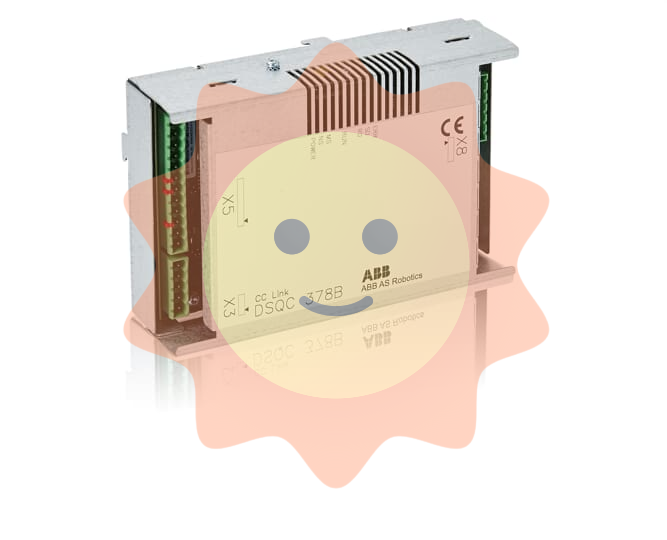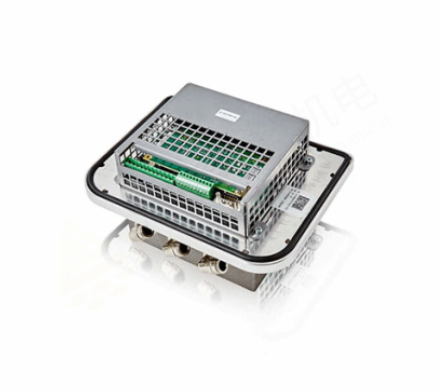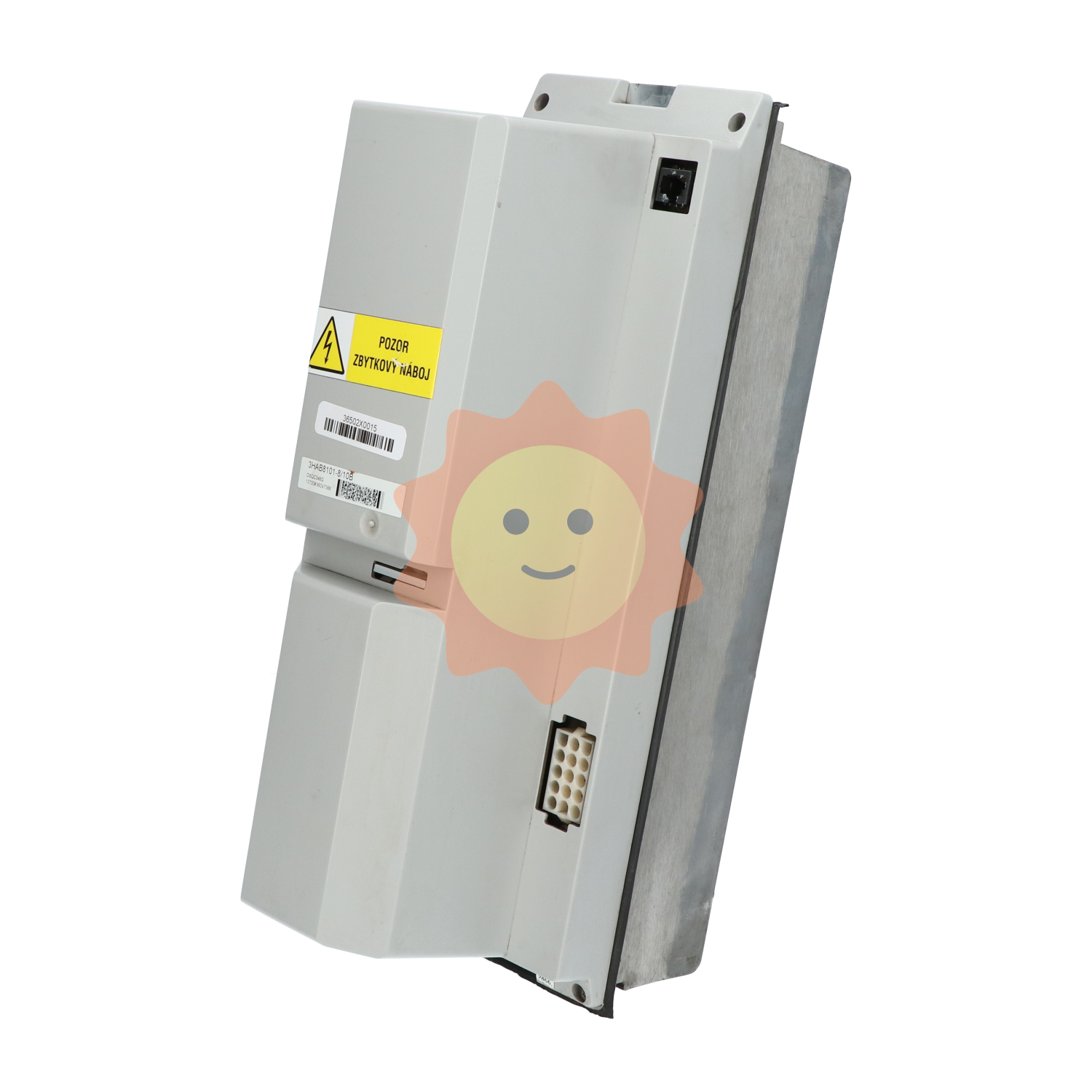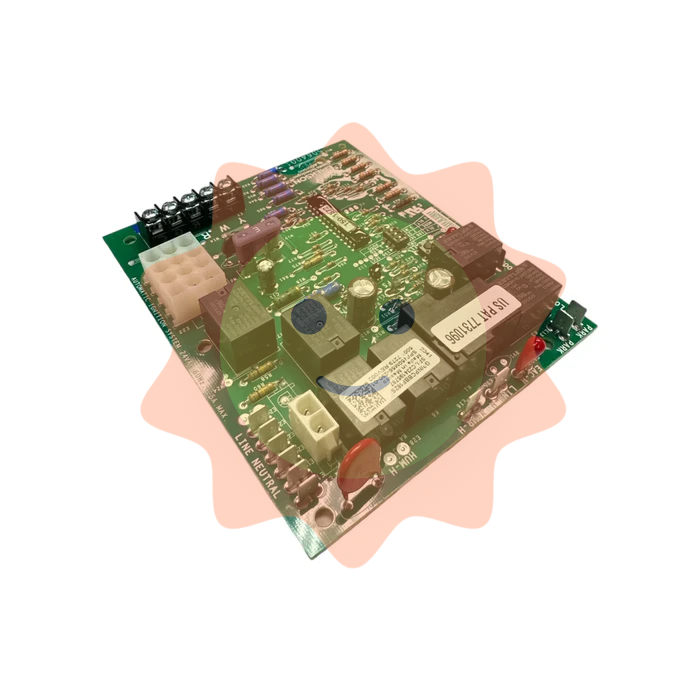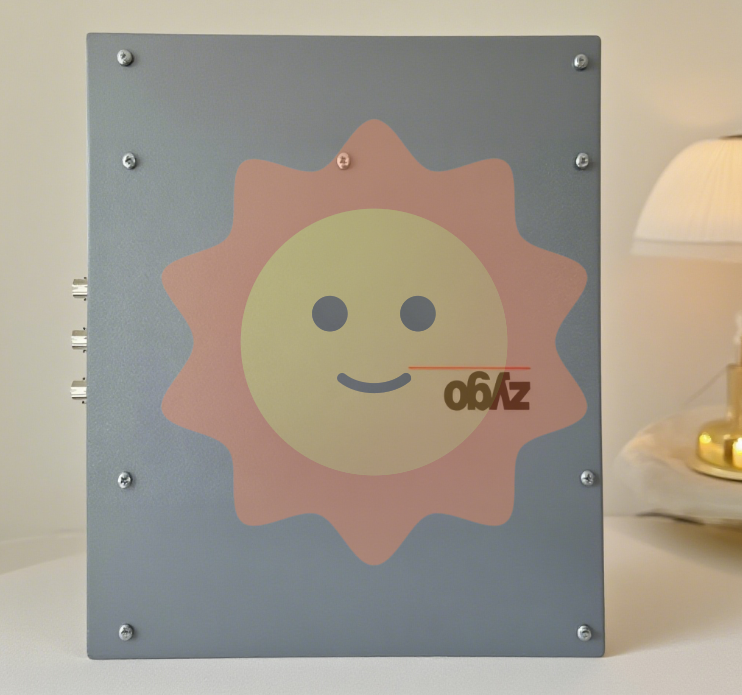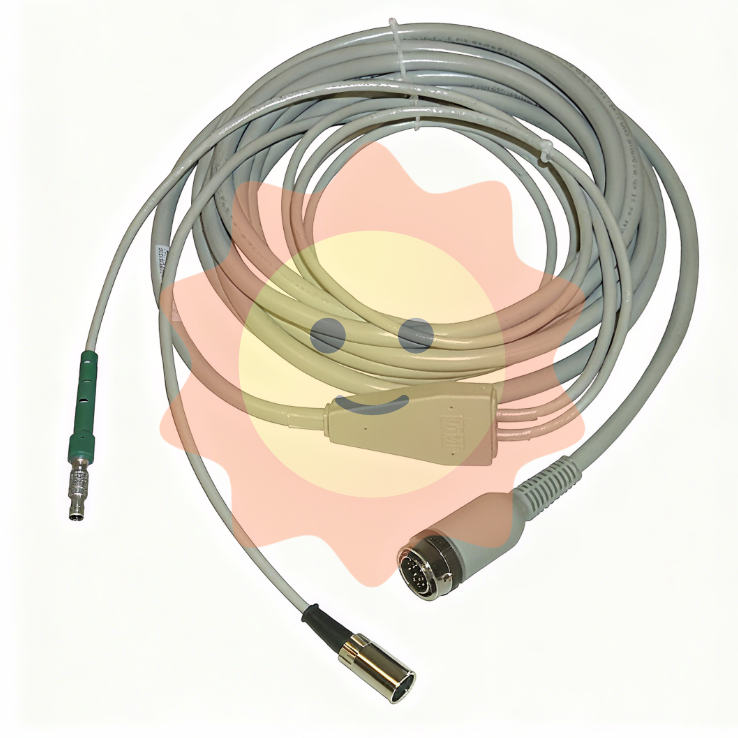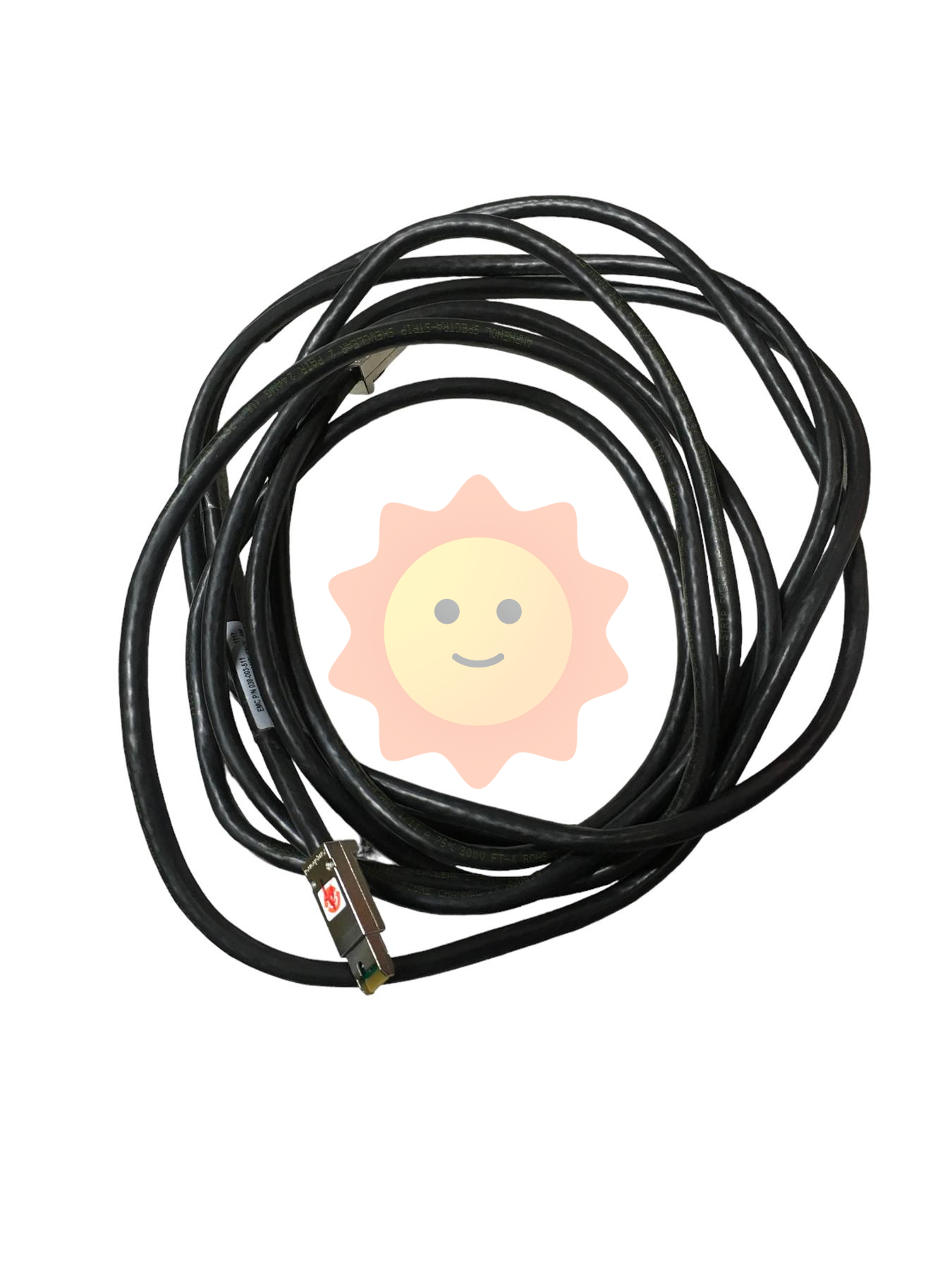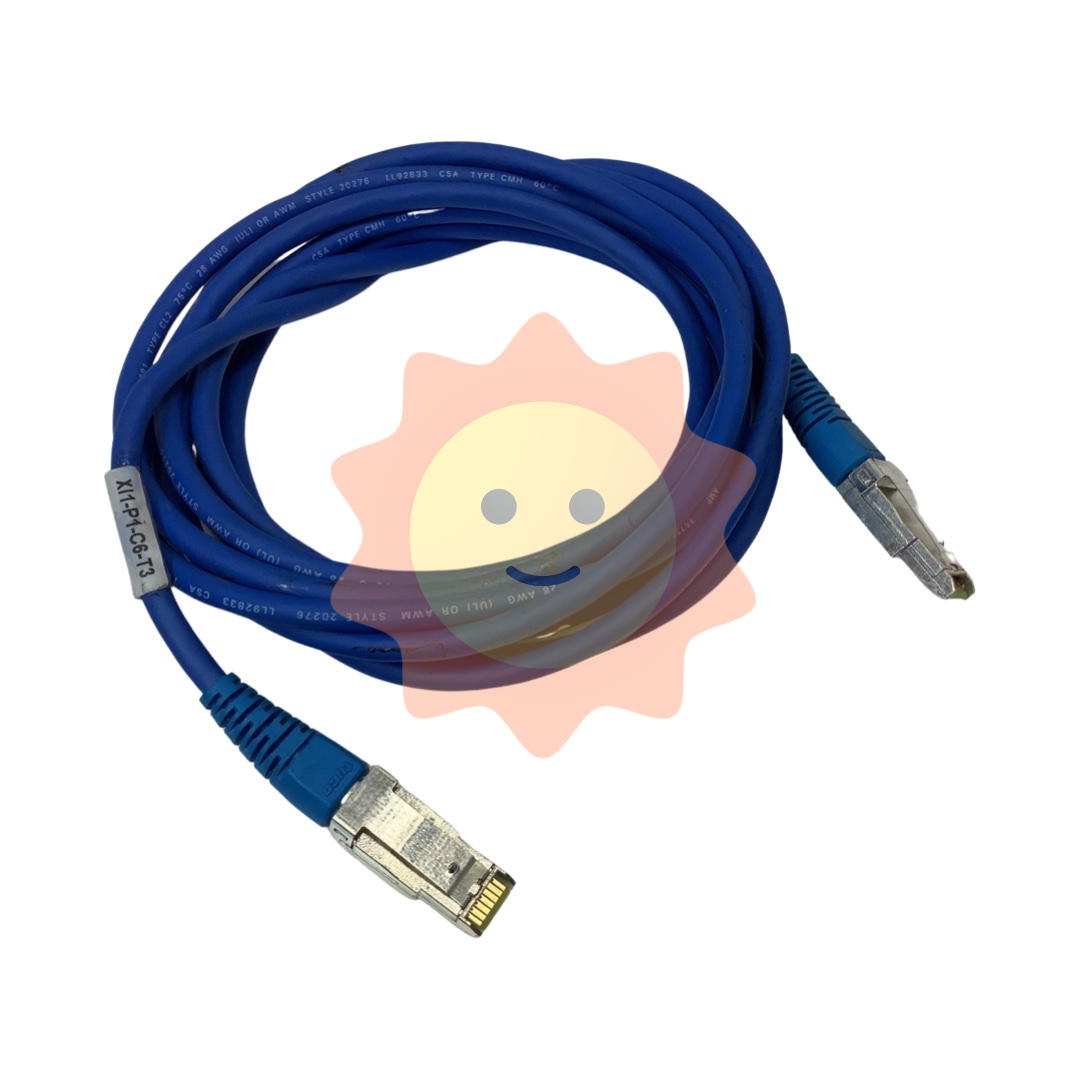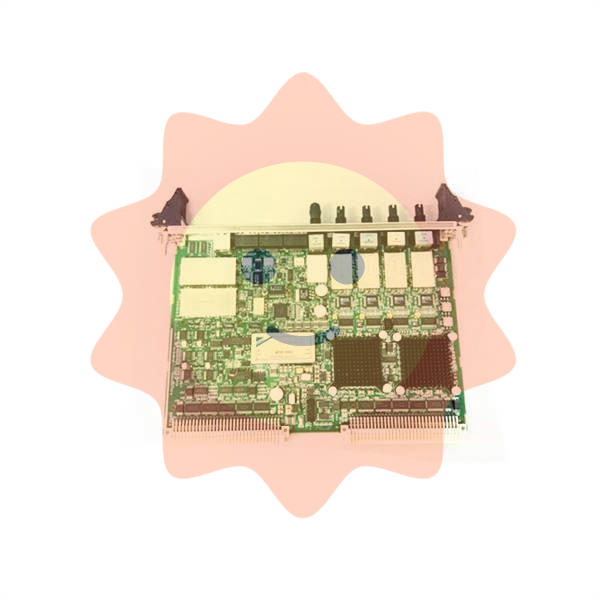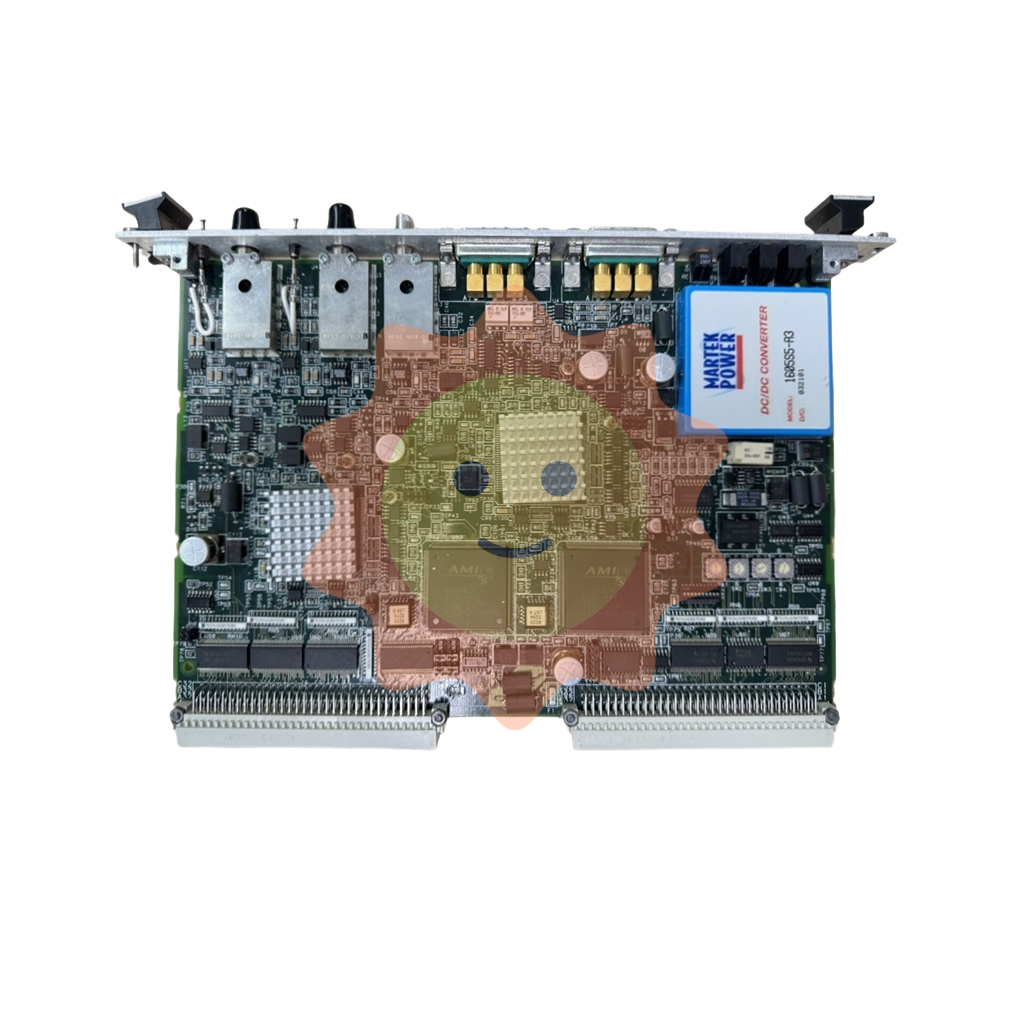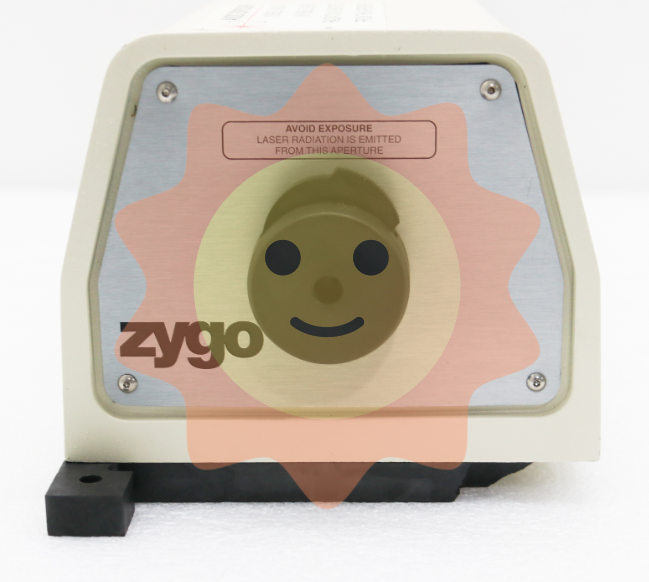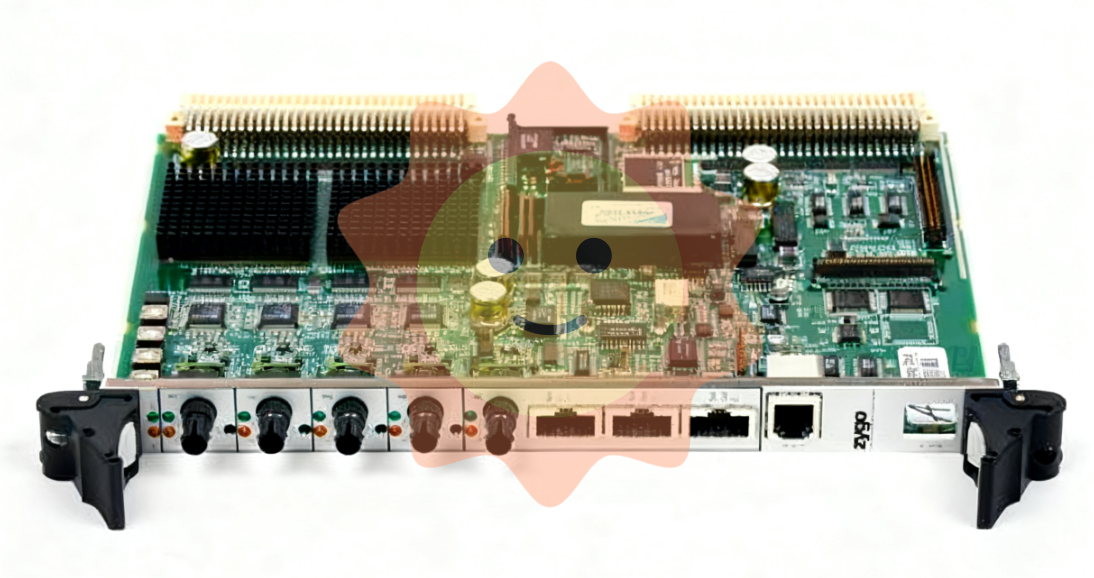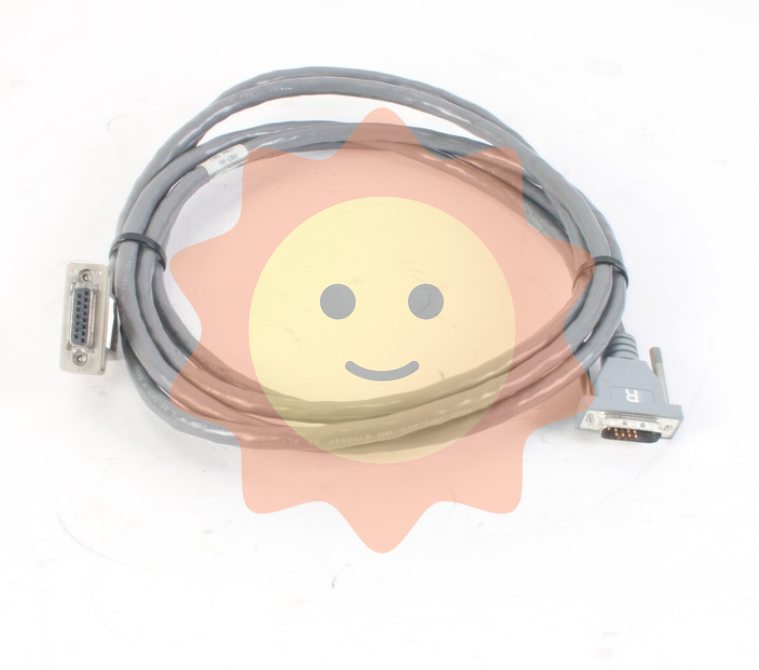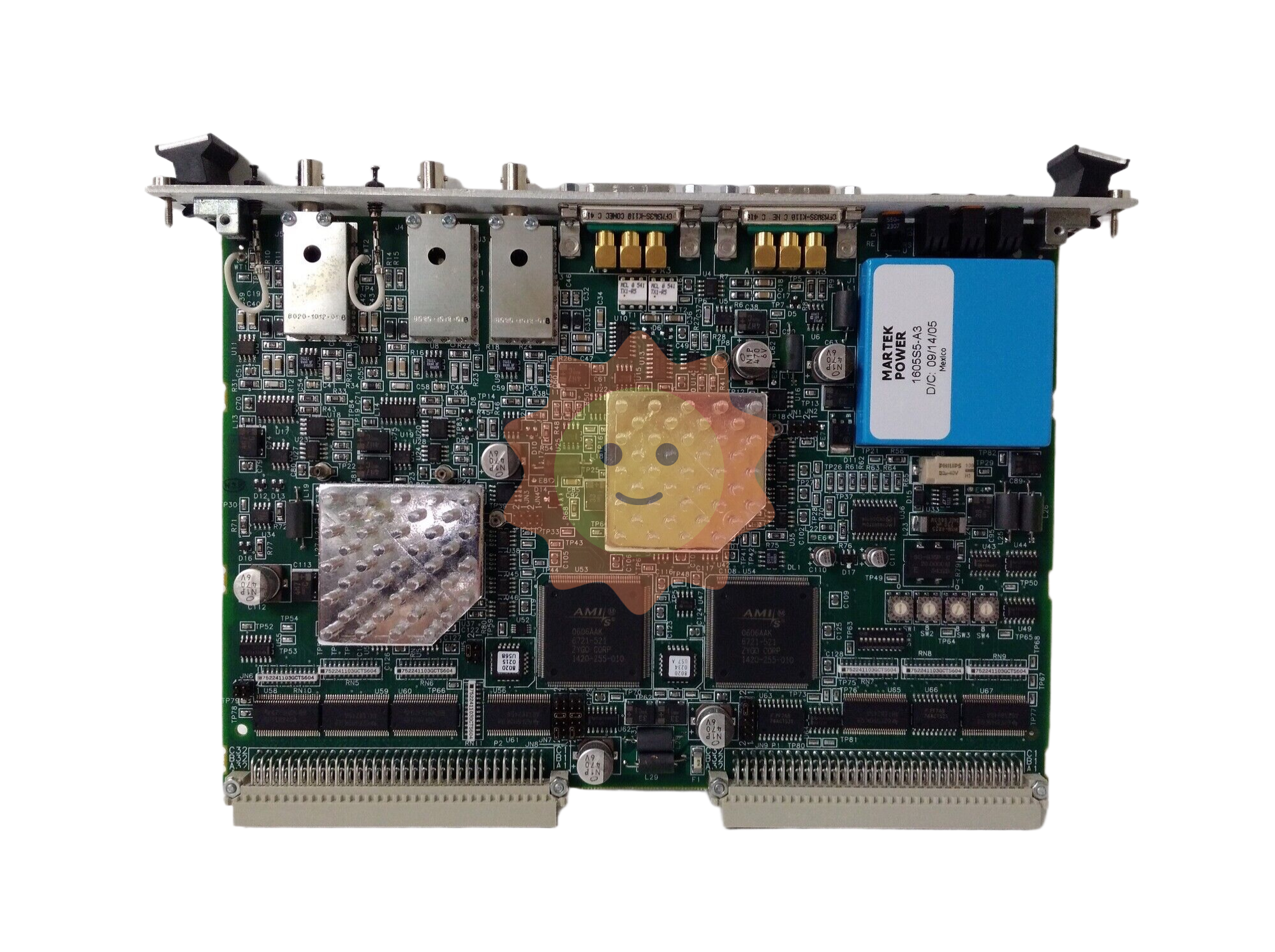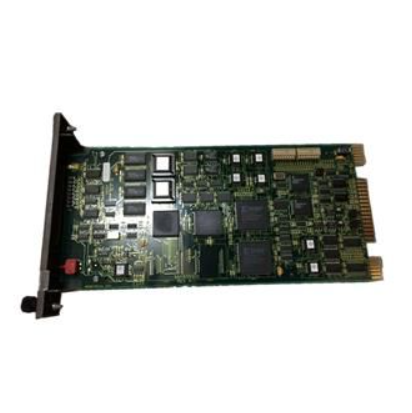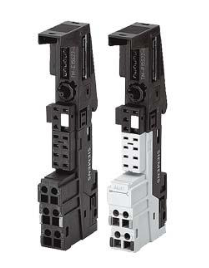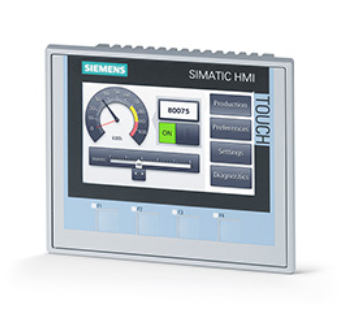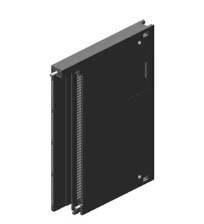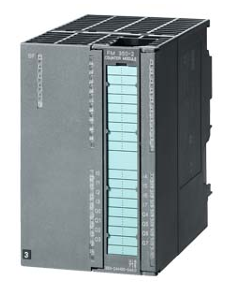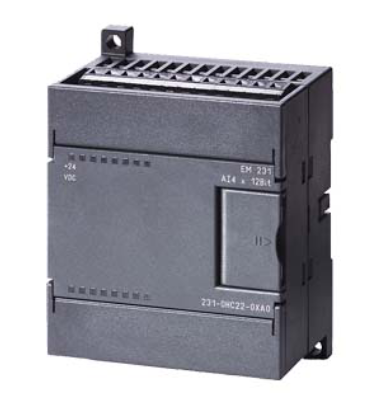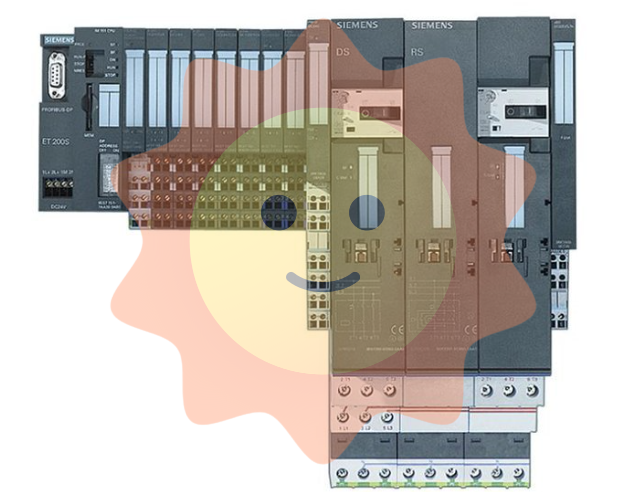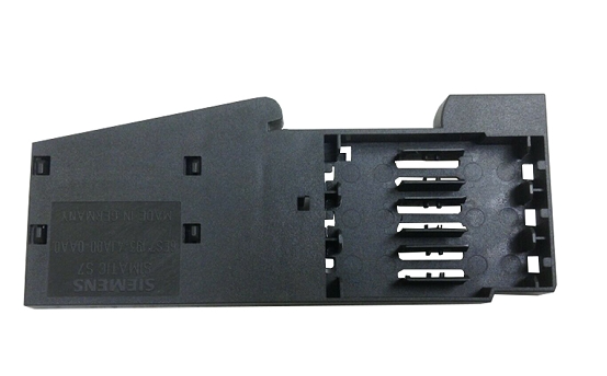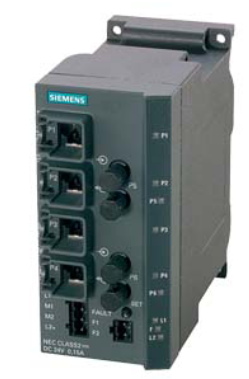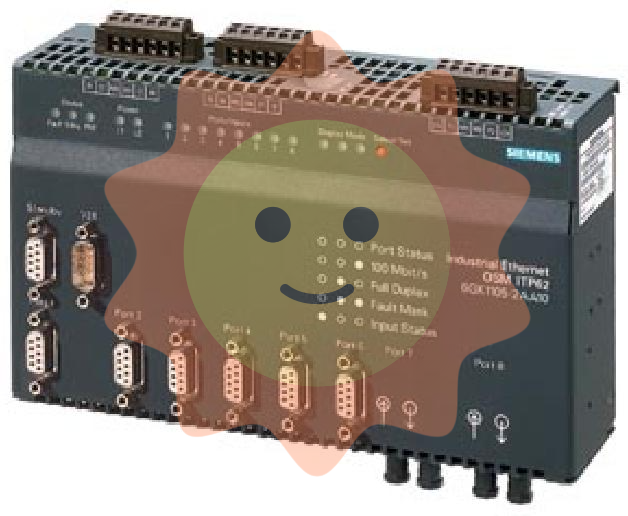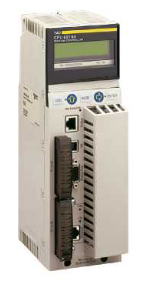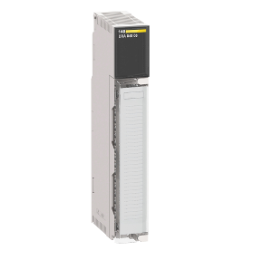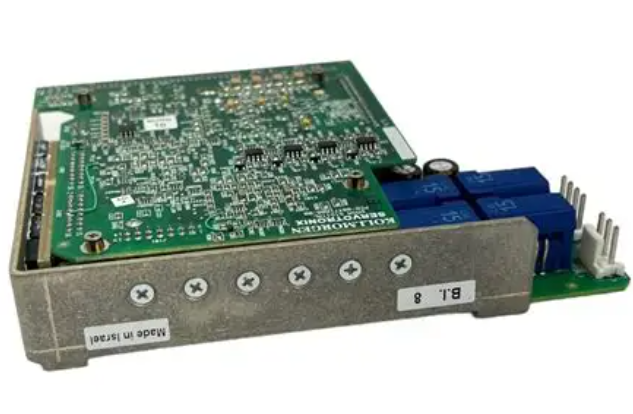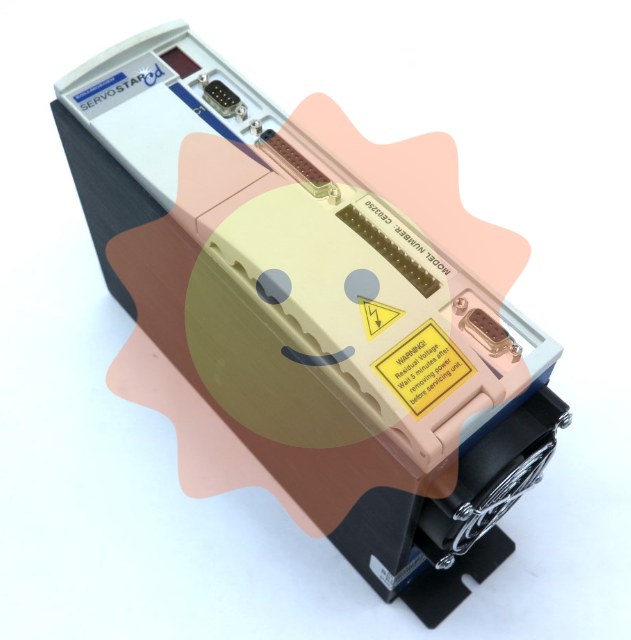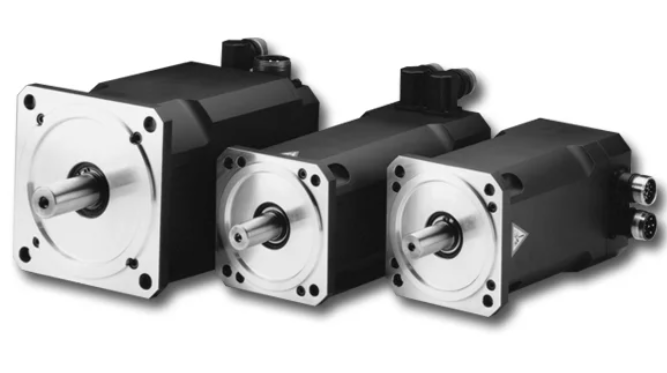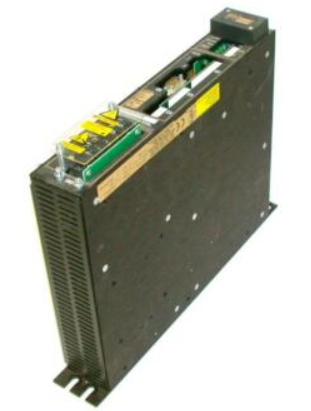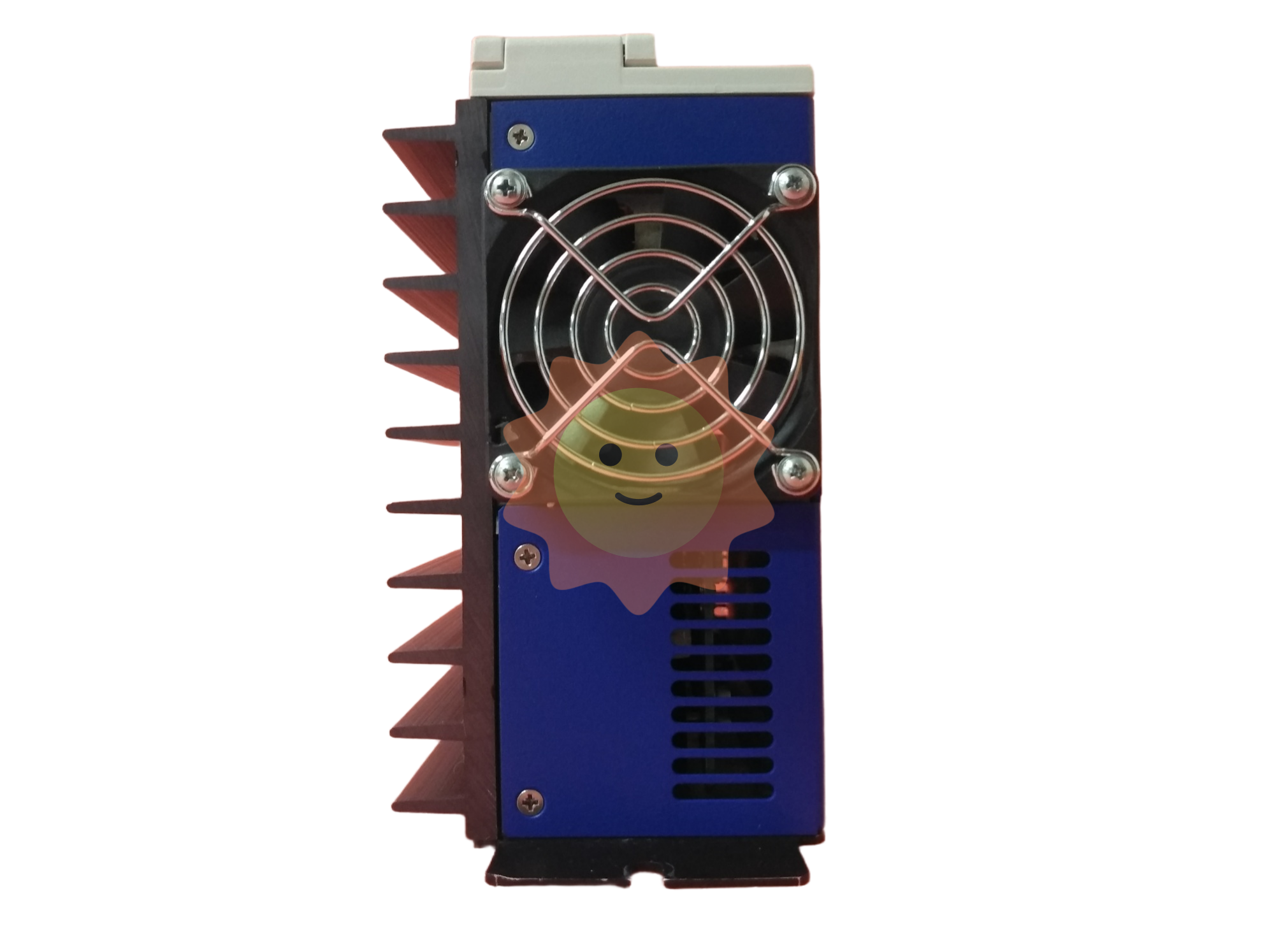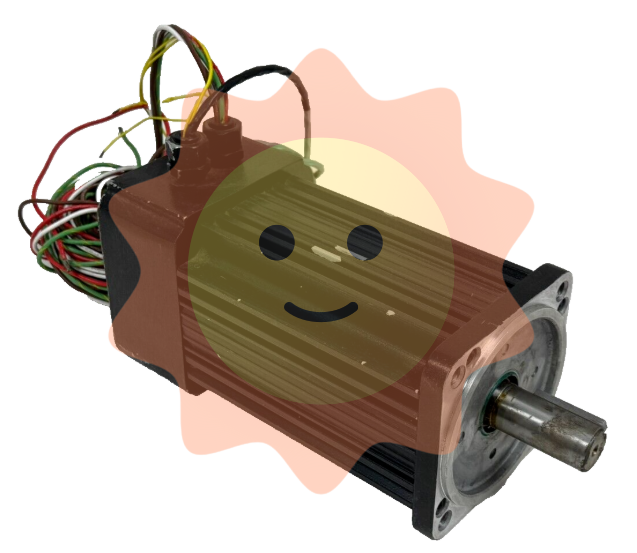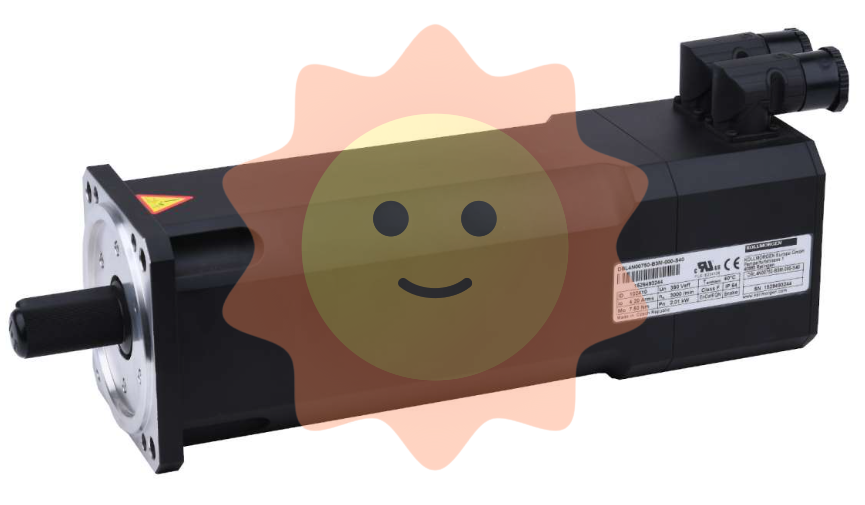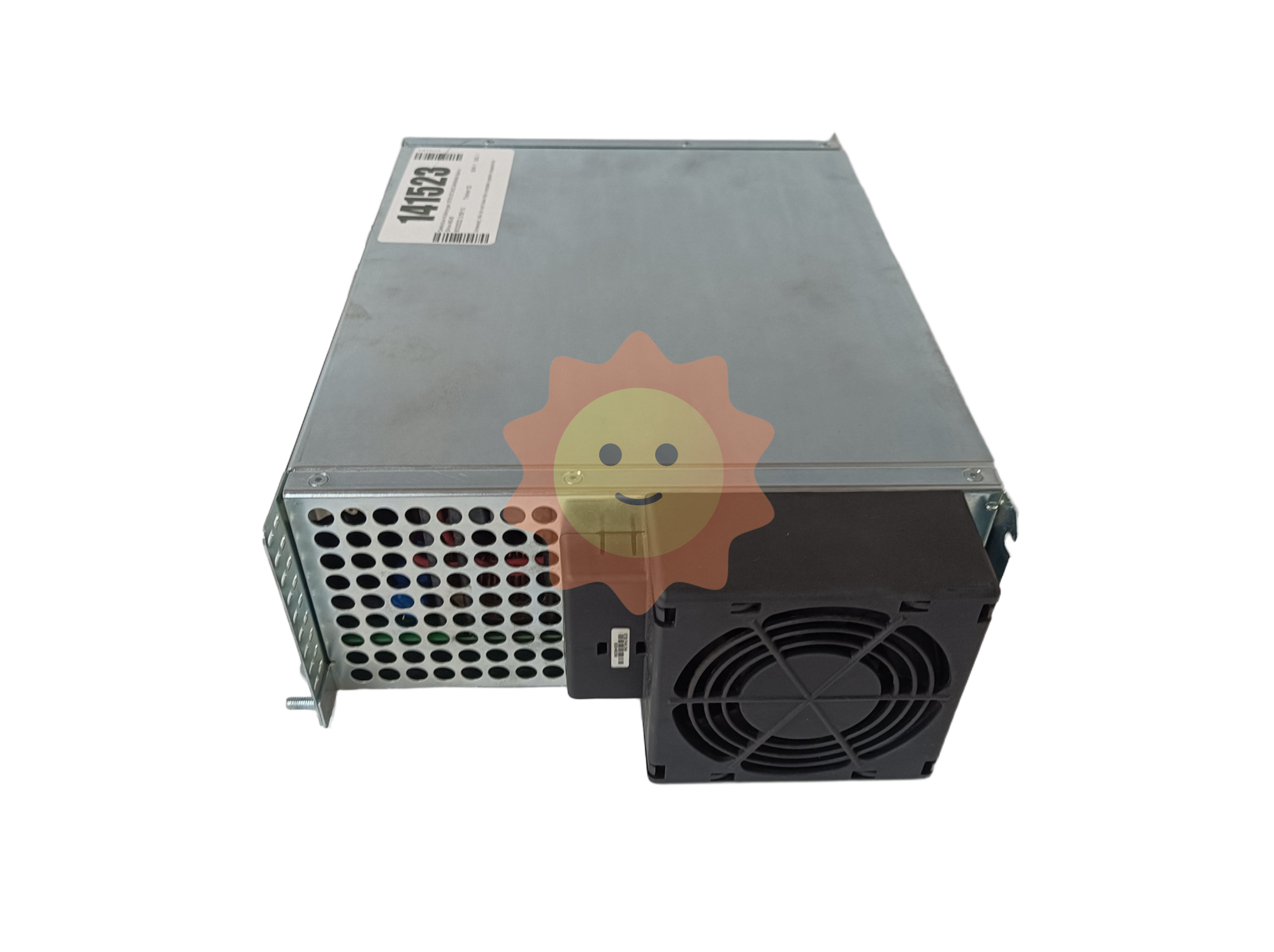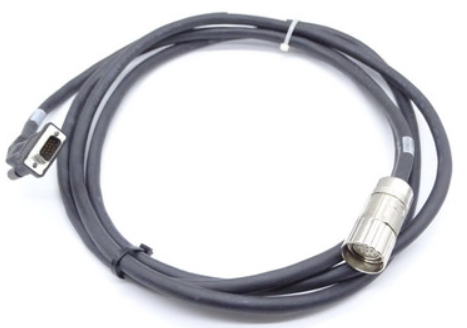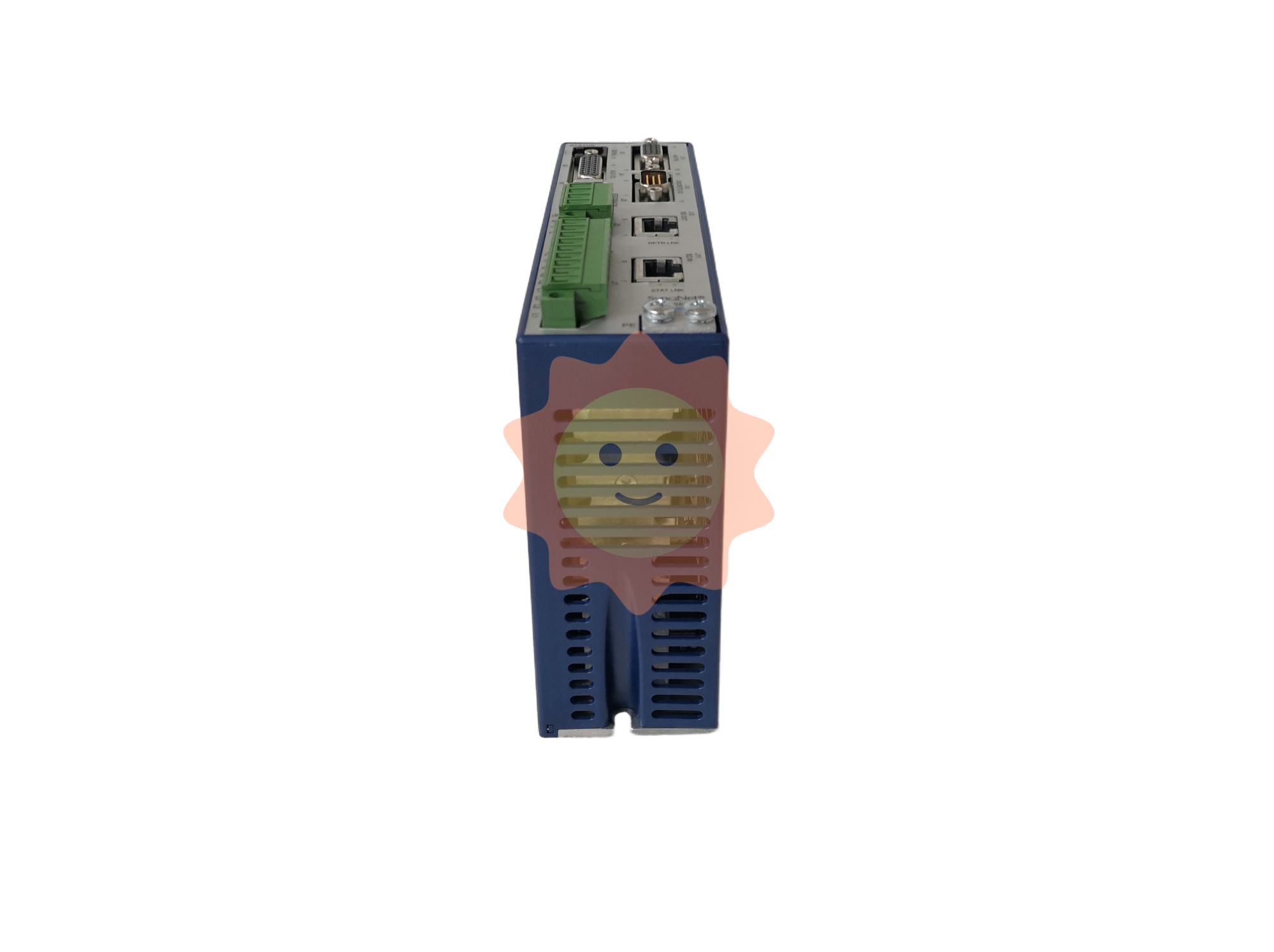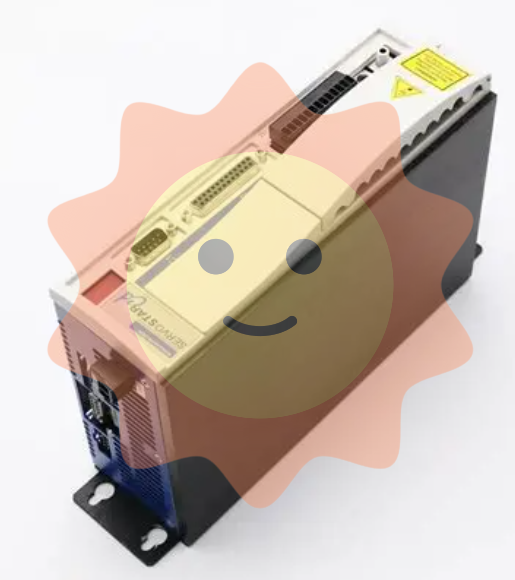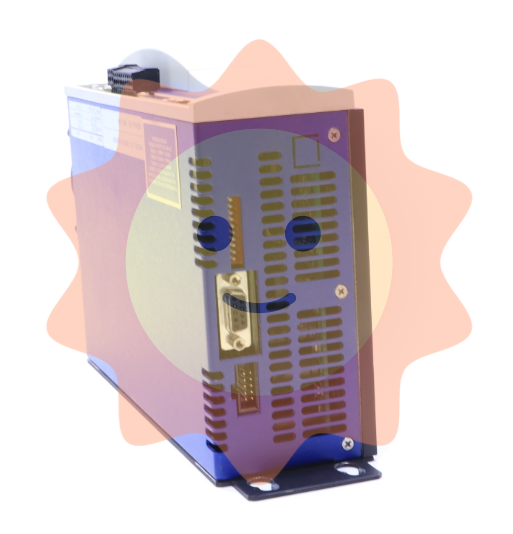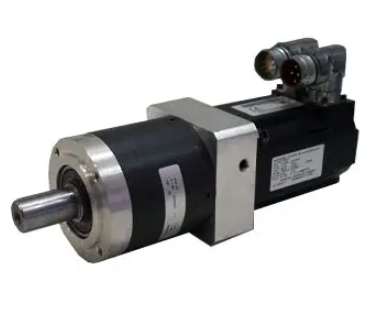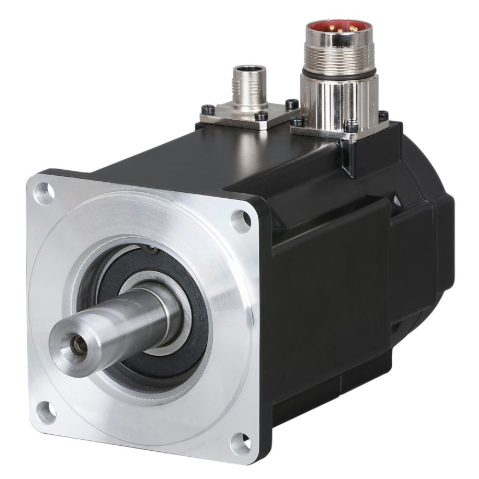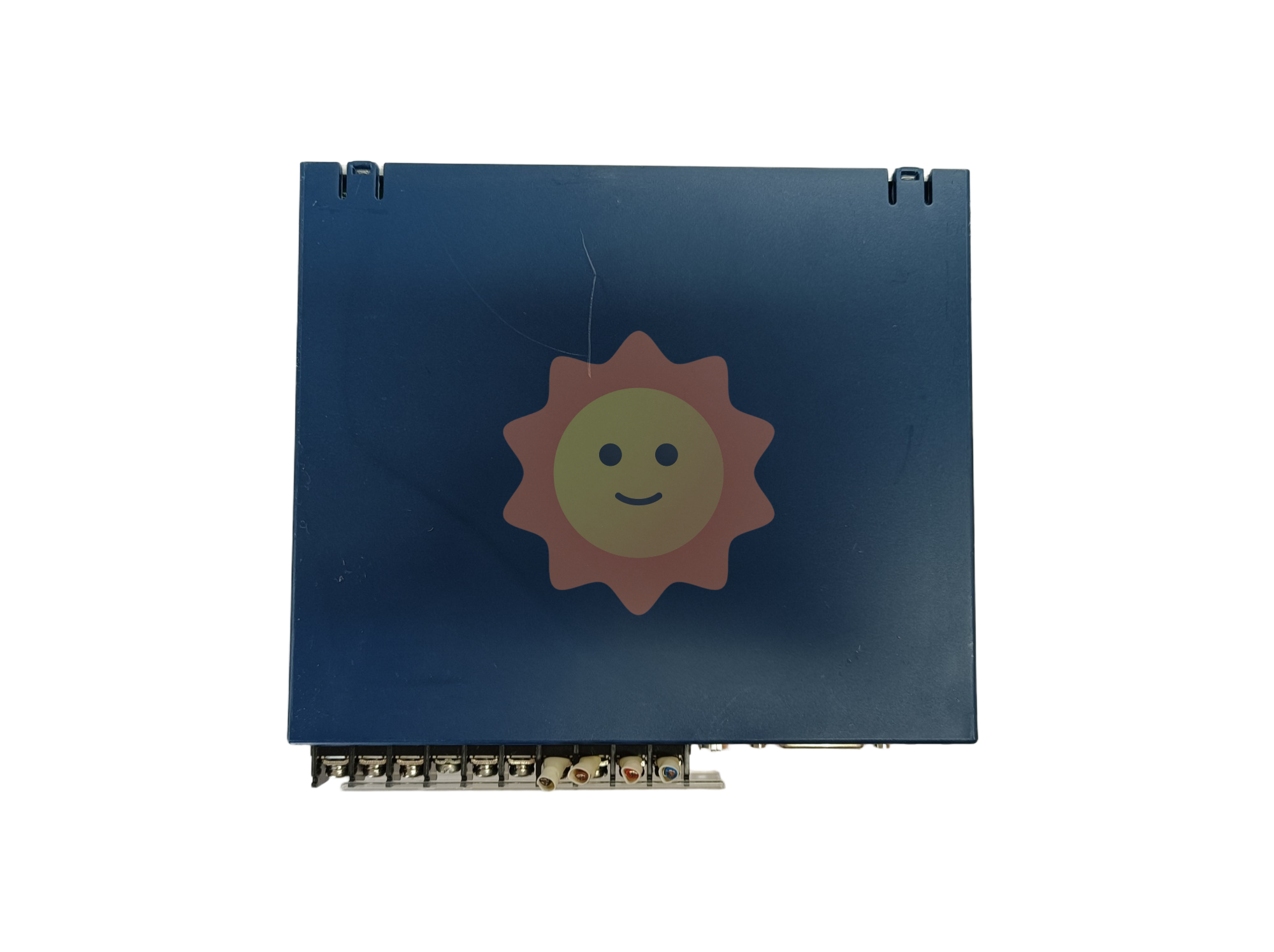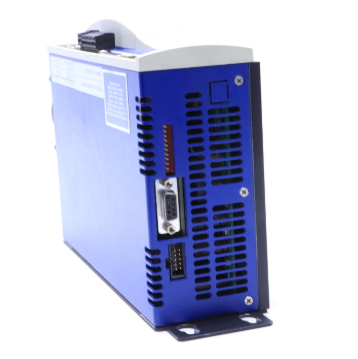"Digital mine" is based on GIS hardware and software
5.3 Map Management
All kinds of maps used in the production process of mining enterprises are managed, including zoom in, zoom out, roam, reset, full map display, eagle eye and other functions to achieve convenient and fast management.
5.4 Data Query
The data query function provides users with the query and retrieval function of spatial data and thematic attribute data based on LAN and Internet. To realize special query and general query of information. Special query is the use of pre-defined query strategy, can achieve single table query, combined query, multi-topic query, query results answer fixed questions. General query is a query policy defined visually and in real time.
5.5 Report Generation
Report generation function Provides statistics and report generation functions for users at all levels of the system, summarizes the data of interest, generates reports, and can be printed. You can customize report categories and report formats to generate reports as required.
5.6 Data Output
The data output function provides users at all levels with paper data output and digital copy output in two ways. Paper output includes graphic printouts and WYSIWYG printouts of reports. Digital copy output includes network transmission and interface file output. The content is the output of attribute data and graphic image data in various formats. Realize data transmission and information sharing in local area and remote network.
5.7 Data Dictionary
Using data dictionary technology and referring to relevant national or industry standards, the standard system of database is established. Attribute data structure for the existing standard, function standard, there is no standard combined with the mine existing data and needs to develop project standards. Graphics, according to the use of national or industry standard schemata and data exchange standards, to achieve data standardization and sharing.
5.8 User Management
User management Provides a graphical user interface (GUI) and functions for system administrators to authorize users and manage users by level, including adding users, deleting users, controlling access levels, and online user monitoring. There are two levels of users: advanced users (system administrators) and common users. General users edit and calculate the data on the basis of the system database, and have the permission to save these editing and calculation results. Advanced users have the highest data management, access, and operation rights for the database system.

5.9 Rights Management
Authority management ensures the safety of mine comprehensive information data through authorization management in data access and system function call level. Manage permissions through the user, role, and permission hierarchy. The relationship between users and roles and roles and rights is many-to-many. Users and permissions are separated through an intermediate layer of roles. By assigning rights to roles, you can assign roles to users to obtain operation rights. The user management and permission management are decoupled, and the user and permission are independently managed. This structure can flexibly cope with the change of permissions and roles in the maintenance phase of the system. Role management involves creating roles, adding rights, deleting rights, deleting roles, assigning user roles, and deleting user roles.
5.10 System Help
The system help function is the same as the help function of other application software, which provides help for users when encountering difficult problems during the use of the system. Users can quickly view the help documents and solve problems in a timely and effective manner, including the operation and related information of the system. The system help consists of help documents, operation demonstration videos, frequently Asked questions (FAQ), and question uploading. Users with a relatively high level of computer operation can learn the system operation in detail through help documents, while users with a relatively low level of computer operation can visually learn the system operation through demonstration videos. Through the problem upload function, the problems frequently encountered by users are sorted and classified, and solutions are given to form FAQ, so as to quickly solve the problem.
6. Conclusion
Metal mine integrated information management system is a regional geographic information system that applies GIS technology to mines. It takes all kinds of data related to mine production as the core, establishes a public data platform, and realizes the rapid, safe and visual processing of all kinds of information. It effectively guarantees the unity, efficiency, safety and real-time of mine information management, realizes the information and scientific management of mine data, and is the basis of realizing the "digital mine" system. With the continuous development, application and promotion of many new technologies such as modern GIS technology, it will certainly make China's "digital mine" work smoothly and efficiently implemented, so as to ensure the sustainable development of mining enterprises and ensure the rational development and utilization of resources.
- EMERSON
- Honeywell
- CTI
- Rolls-Royce
- General Electric
- Woodward
- Yaskawa
- xYCOM
- Motorola
- Siemens
- Rockwell
- ABB
- B&R
- HIMA
- Construction site
- electricity
- Automobile market
- PLC
- DCS
- Motor drivers
- VSD
- Implications
- cement
- CO2
- CEM
- methane
- Artificial intelligence
- Titanic
- Solar energy
- Hydrogen fuel cell
- Hydrogen and fuel cells
- Hydrogen and oxygen fuel cells
- tyre
- Chemical fiber
- dynamo
- corpuscle
- Pulp and paper
- printing
- fossil
- FANUC
- Food and beverage
- Life science
- Sewage treatment
- Personal care
- electricity
- boats
- infrastructure
- Automobile industry
- metallurgy
- Nuclear power generation
- Geothermal power generation
- Water and wastewater
- Infrastructure construction
- Mine hazard
- steel
- papermaking
- Natural gas industry
- Infrastructure construction
- Power and energy
- Rubber and plastic
- Renewable energy
- pharmacy
- mining
- Plastic industry
- Schneider
- Kongsberg
- NI
- Wind energy
- International petroleum
- International new energy network
- gas
- WATLOW
- ProSoft
- SEW
- wind
- ADVANCED
- Reliance
- YOKOGAWA
- TRICONEX
- FOXBORO
- METSO
- MAN
- Advantest
- ADVANCED
- ALSTOM
- Control Wave
- AB
- AMAT
- STUDER
- KONGSBERG
- MOTOROLA
- DANAHER MOTION
- Bently
- Galil
- EATON
- MOLEX
- Triconex
- DEIF
- B&W
- ZYGO
- Aerotech
- DANFOSS
- KOLLMORGEN
- Beijer
- Endress+Hauser
- MOOG
- KB
- Moxa
- Rexroth


Email:wang@kongjiangauto.com

